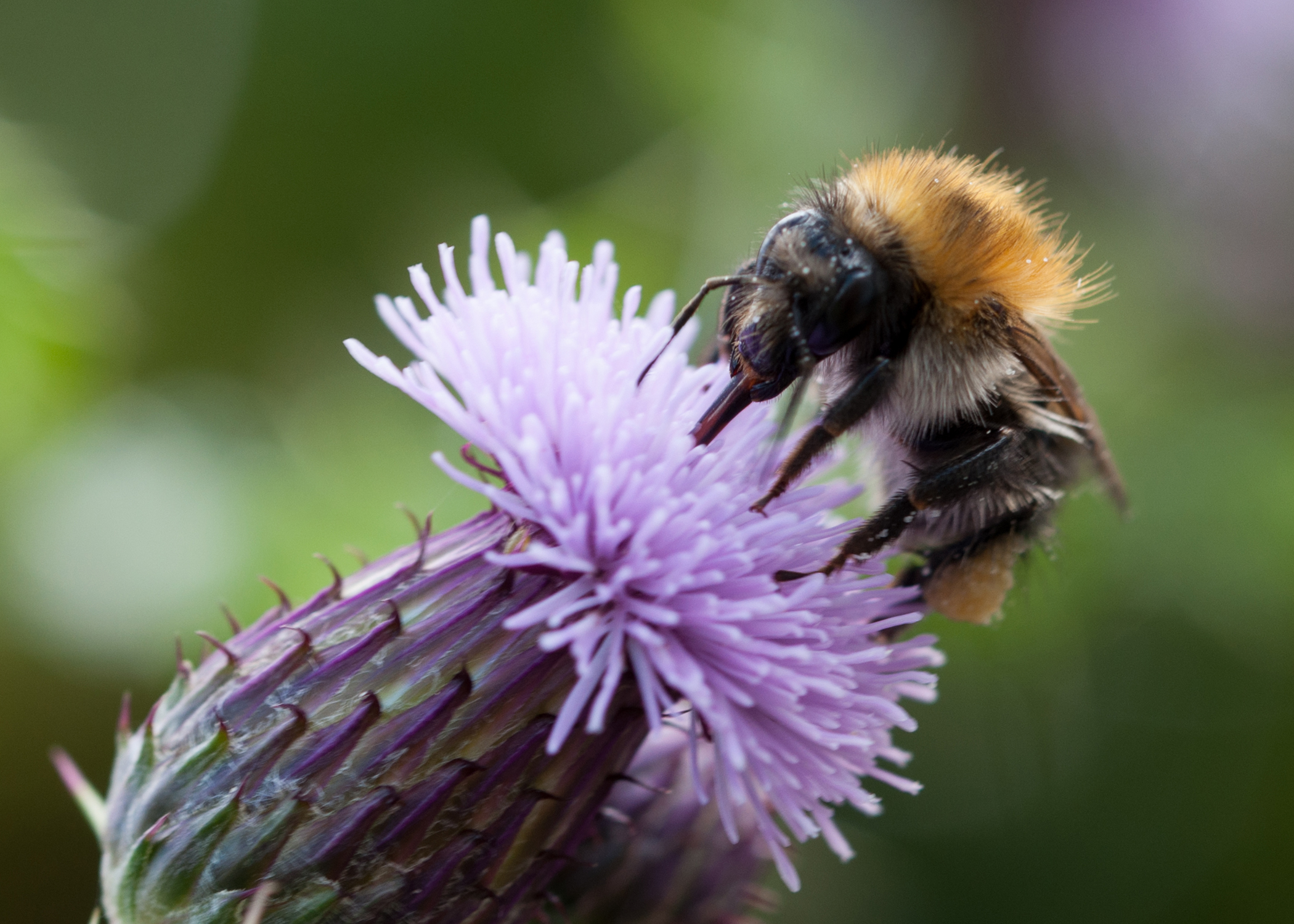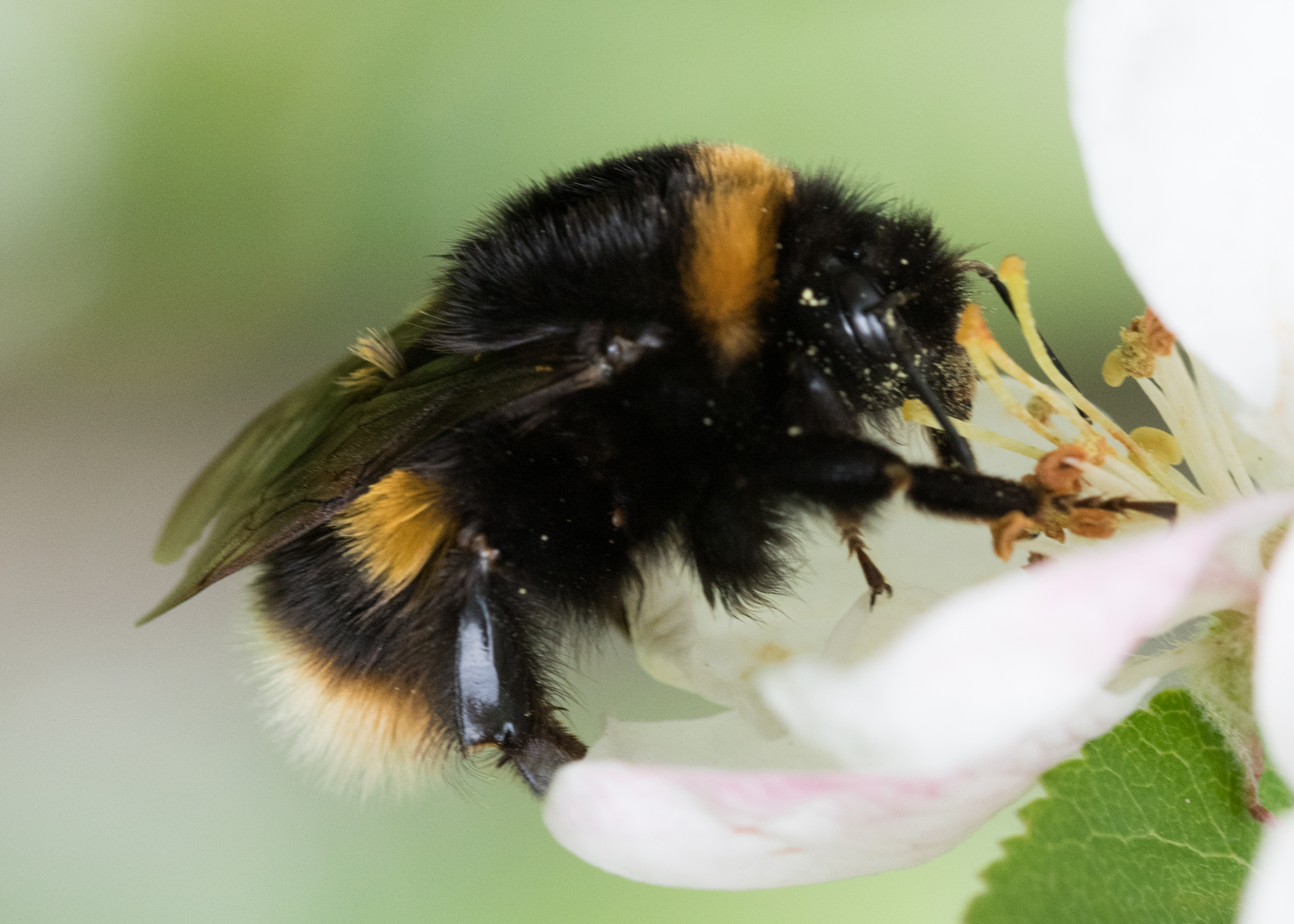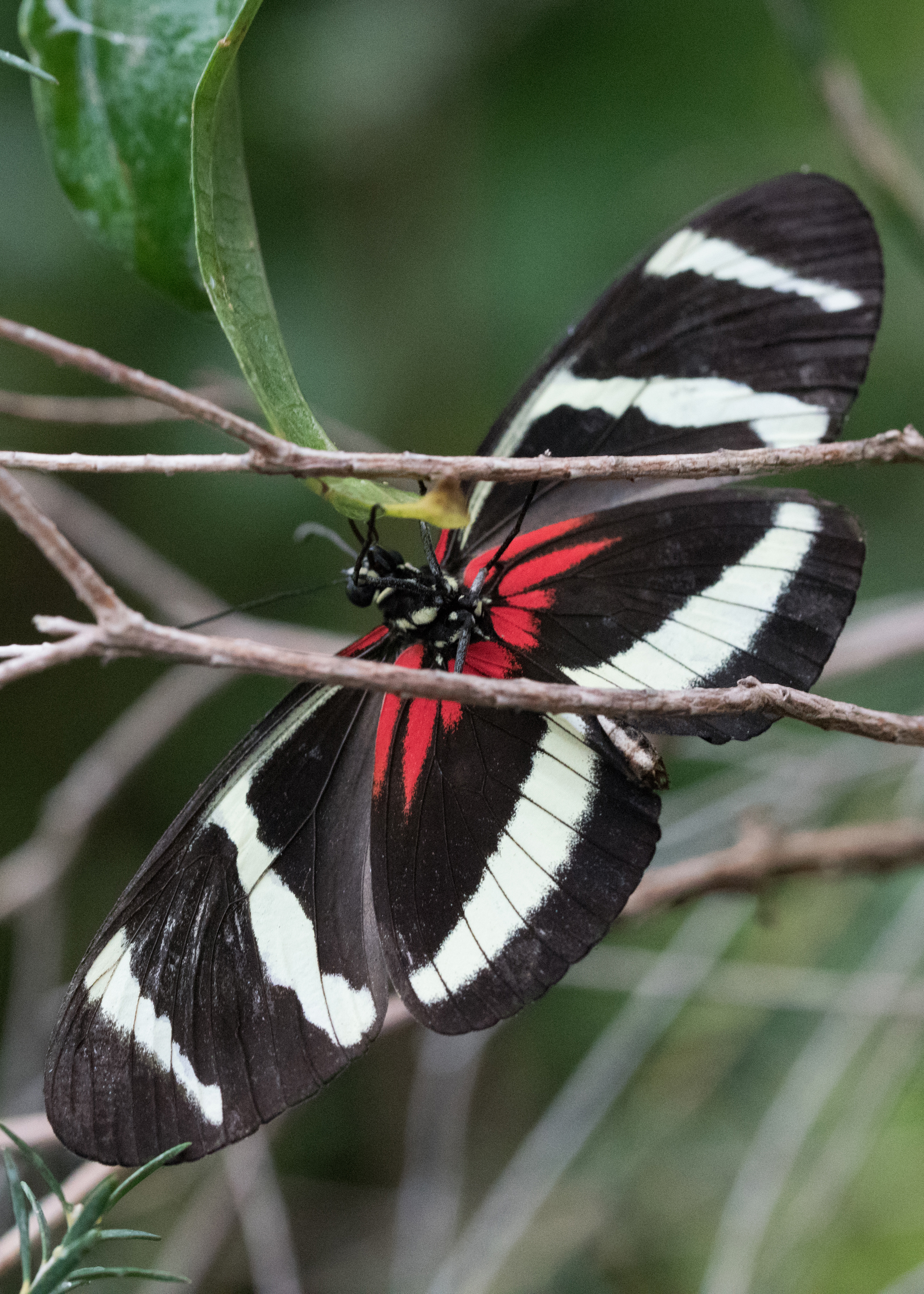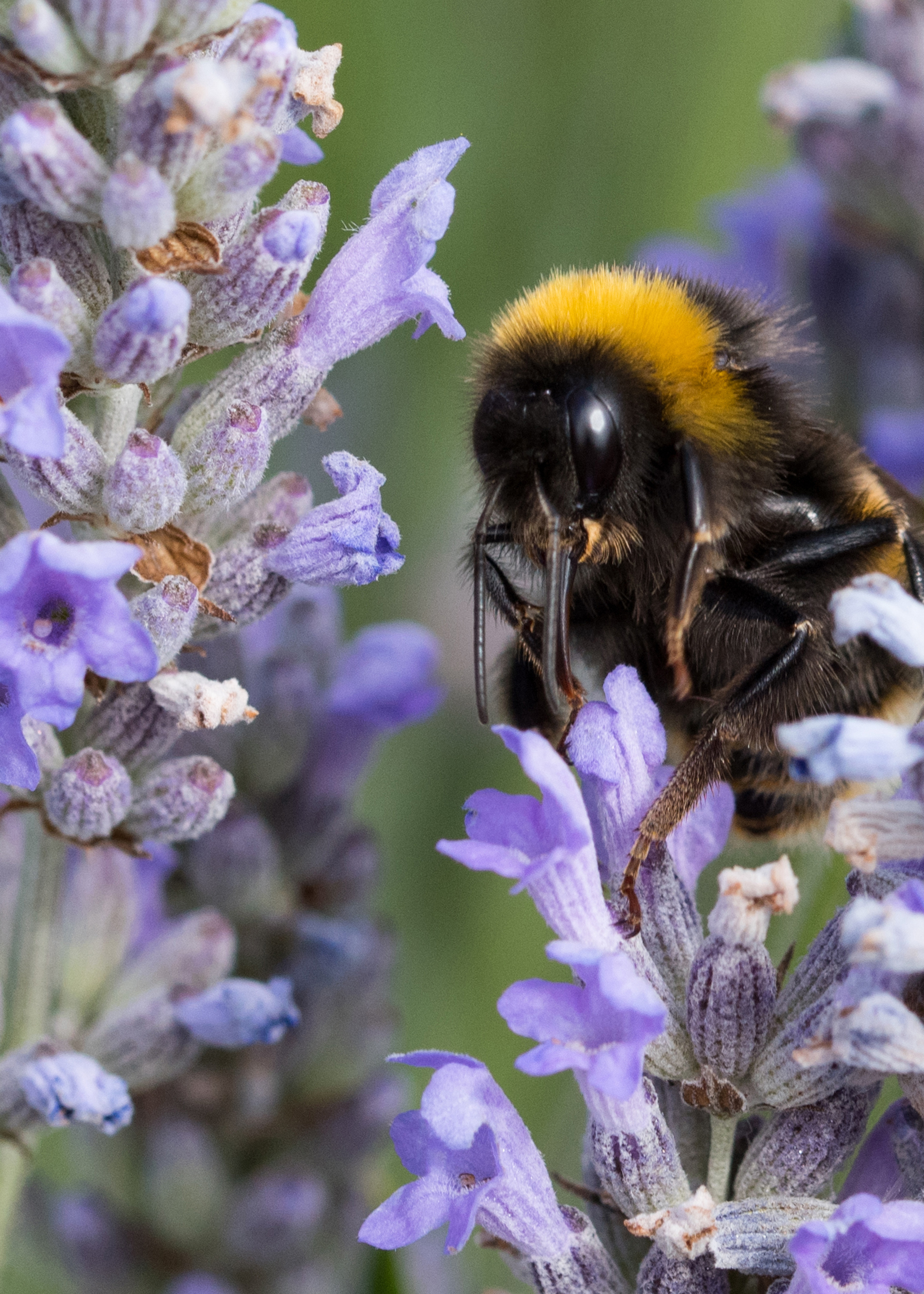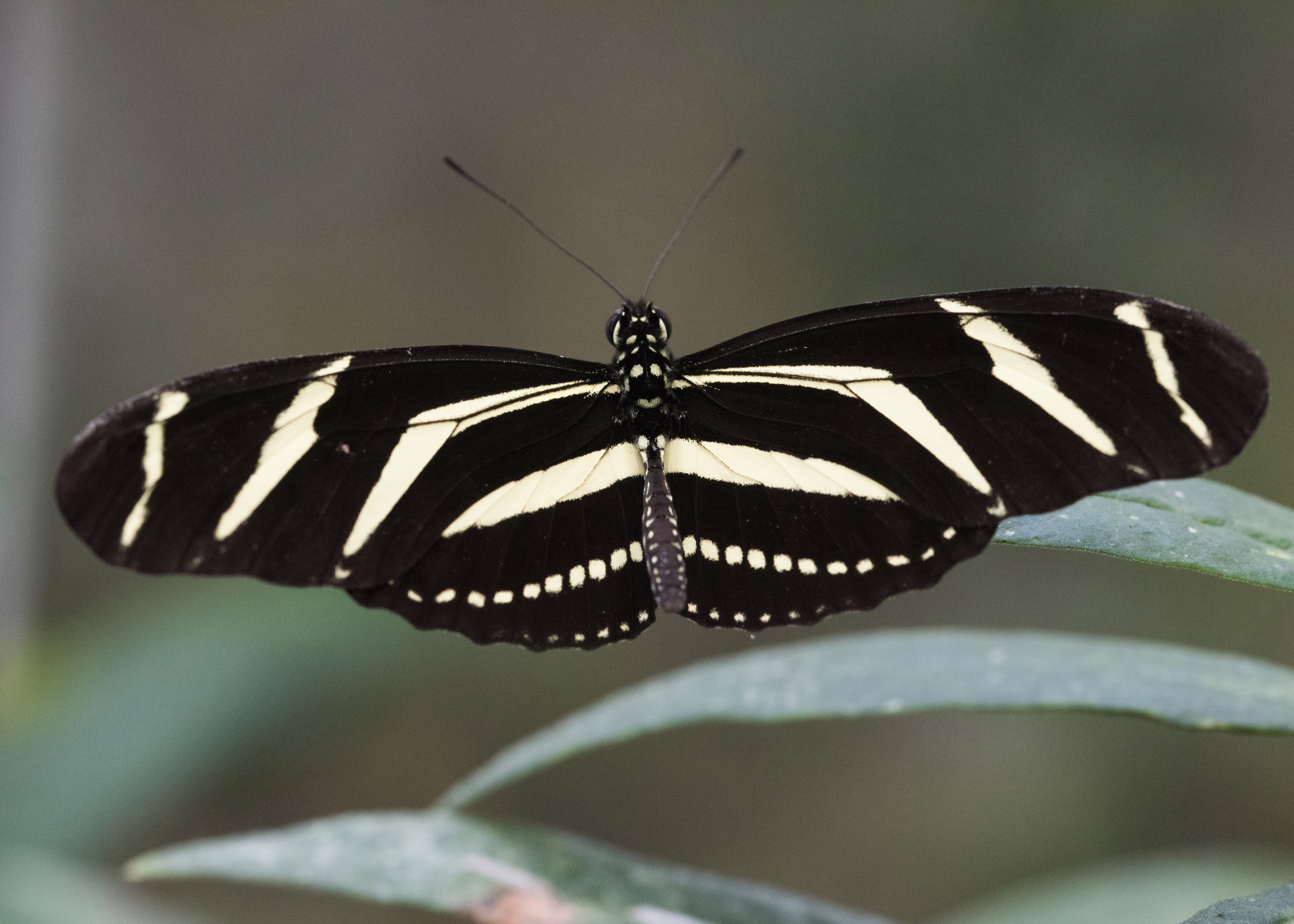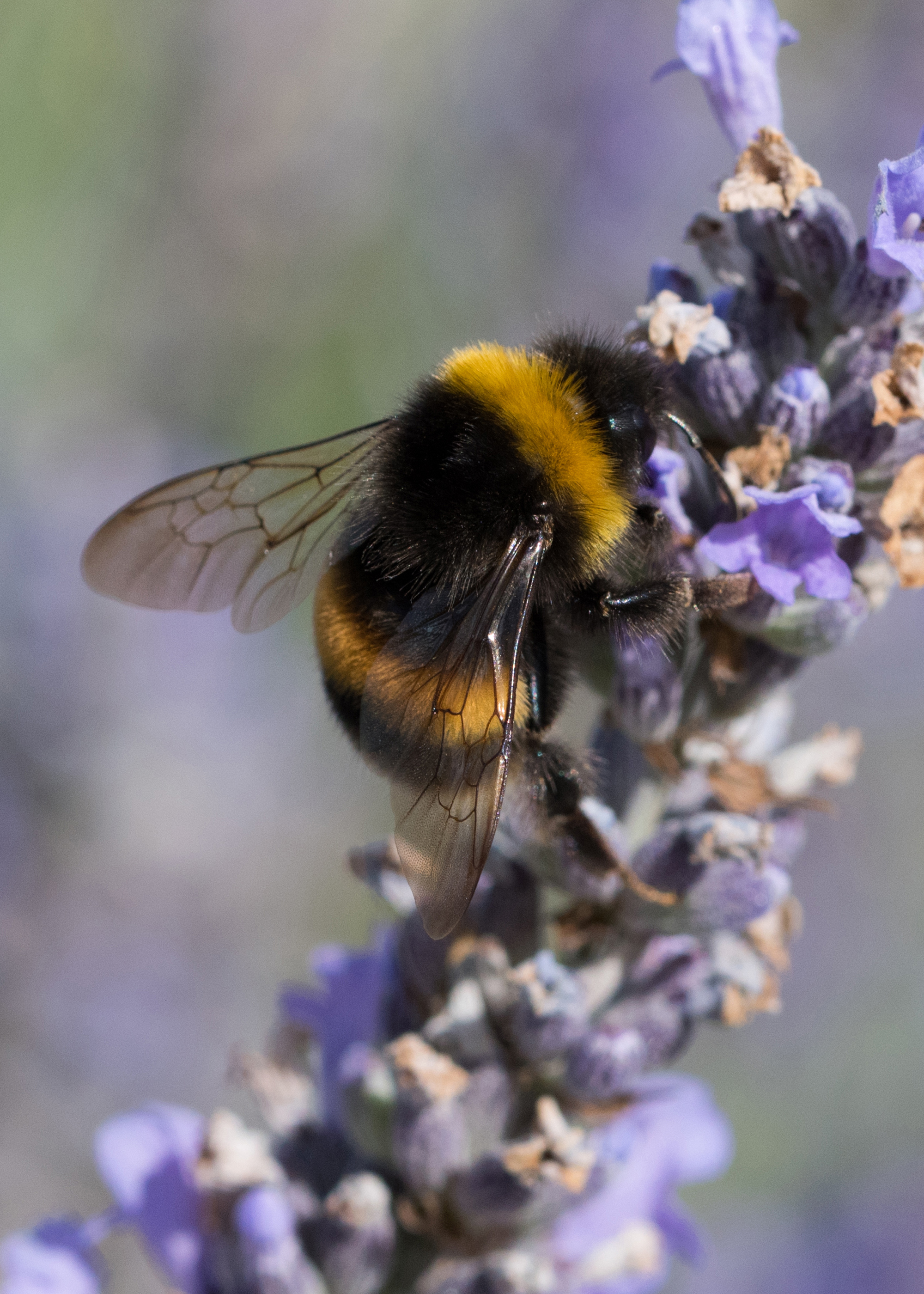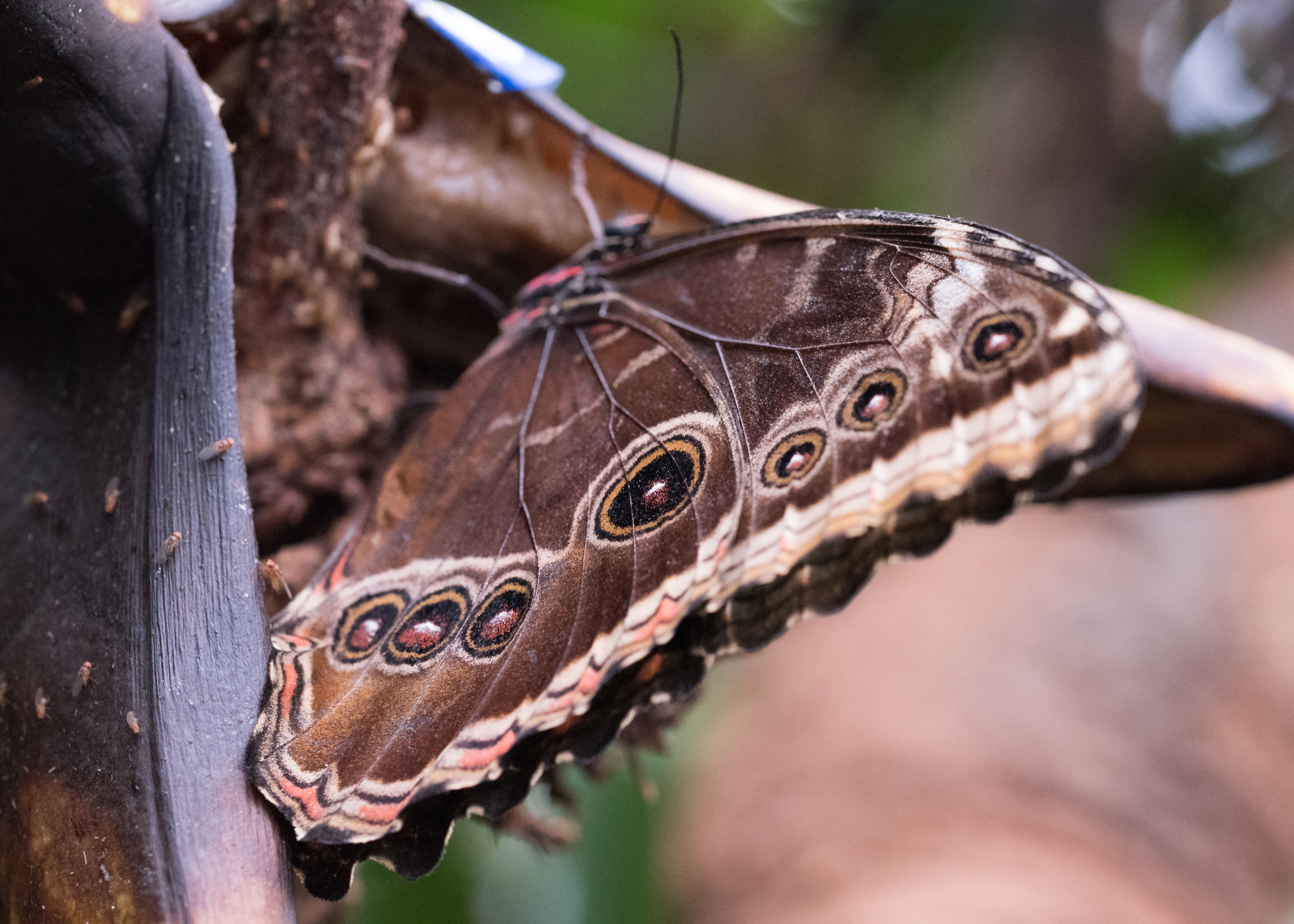Family Matters is written and acted by Mary Tynan (our artistic director) and Ian Macnaughton (our Covid Lives columnist). Cinematography is by Graham Gunner, and location is courtesy of Jon Axford.
Category Archives: Arts Centre
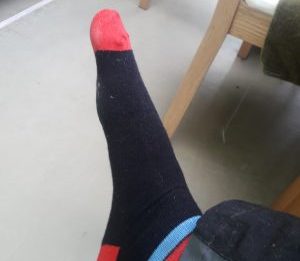
The Plot
It’s been tidier, everywhere, here. I mean, normally they encroach on any area of vulnerability, the small, frail, tender and new. Anything emergent. This was seen as usual until recently. We have the new normal, the aged, depleted and compromised, and like before it is often someone we could identify if we ever saw them or spoke to them, types who are more likely to suffer. But in the main people have been put away, stored for their own good, shielded; we’ve been obedient, compliant and safe. But there are still junctions that allow us to fraternise. That’s what the plot is, an edge, a vantage point, a hide? Where we can look.
 Like any point that can be occupied, it has a defined area and edges, although faces might be more visual. These surround the centre of the plot and can be defined, or limited or, apparently, infinite. At least your eye could just keep travelling infinitely upward, but be under no illusion – the plot has limits. For a start, you can only really see things one way. When you look at something, you’re not looking at something else. Or is that a limitation in us and not the plot? I guess how this limitation changes us could only really be tested if we were like, maybe, ducks, with eyes on the side of our heads, or maybe the compound eye of a fly or nine eyes in or across our back. Anyway, within the plot, we are with our two eyes placed in parallel mounted on the front of our face giving us stereoscopic vision, and we have the element of time allowing for movement. Particularly rotation – the capacity to look different ways and then remember what we’ve seen before. But do we remember, or does what we see in the immediate downgrade our memory? Should I have asked this?
Like any point that can be occupied, it has a defined area and edges, although faces might be more visual. These surround the centre of the plot and can be defined, or limited or, apparently, infinite. At least your eye could just keep travelling infinitely upward, but be under no illusion – the plot has limits. For a start, you can only really see things one way. When you look at something, you’re not looking at something else. Or is that a limitation in us and not the plot? I guess how this limitation changes us could only really be tested if we were like, maybe, ducks, with eyes on the side of our heads, or maybe the compound eye of a fly or nine eyes in or across our back. Anyway, within the plot, we are with our two eyes placed in parallel mounted on the front of our face giving us stereoscopic vision, and we have the element of time allowing for movement. Particularly rotation – the capacity to look different ways and then remember what we’ve seen before. But do we remember, or does what we see in the immediate downgrade our memory? Should I have asked this?
Because where we are now in the plot? Our plot seems quite overwhelming. I’m engaged with a cone of experience that projects from me. I move, it moves, the world shimmies. Suddenly I have neighbours. How do they operate? Do we speak? Do I engage? Do we both? When we do engage, it seems better to me – at least richer. I watch them unfold, and, if they engage with me, we find ourselves dancing, shadowing, allowing. Some information sticks: his face, how I placed my tools? Where they’re from? But not their name or the distance thing. Did I step too close? When they’ve moved on, I am no longer engaged, but I construct them. He: big head almost as wide as his shoulders, quilted jacket, curly hair, eyes like black olives, teacher, political, funny. She: scatty, frizzy ball on a cone. Arms gesticulating, jointed? Teacher, geography, Tallis, thinks she had the virus. Agree on everything with them or at least everything we say.
The dances with other neighbours are different, but the scorecards reveal after the event.
A phrase:
’Work in telly’ and I’m split. Part of me says.
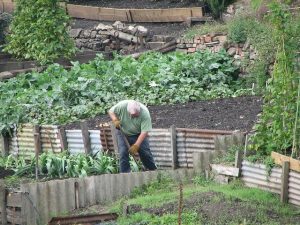 ’What does he do?’ Yeah he looks like an editor. Another part continues to weed and dig the border. I don’t ask for detail, just as I don’t ask her is she scared? Because I know it puts me in the wrong territory. I must not be too interested. We are allowed to compare our plots, but with self critical amusement and irony, and without actually saying what we think. He is jumpy, small head, suspicious, thinks I’m going to be too close to his beloved. She, girlish, frail, dry dark humoured, has the air of not-quite-dead crow, road kill, limping but bright-eyed and sharp, able to forage and possibly exaggerating her gait. Her mask is medical grade, not cheap disposable, no full PPE filter. She takes pride in it.
’What does he do?’ Yeah he looks like an editor. Another part continues to weed and dig the border. I don’t ask for detail, just as I don’t ask her is she scared? Because I know it puts me in the wrong territory. I must not be too interested. We are allowed to compare our plots, but with self critical amusement and irony, and without actually saying what we think. He is jumpy, small head, suspicious, thinks I’m going to be too close to his beloved. She, girlish, frail, dry dark humoured, has the air of not-quite-dead crow, road kill, limping but bright-eyed and sharp, able to forage and possibly exaggerating her gait. Her mask is medical grade, not cheap disposable, no full PPE filter. She takes pride in it.
The newbies, one man and his puppet child, clearly get in everything including the way. He feints inexperience. But clearly does it by the book. Each day he leaves a neat illustration from the Readers Digest Home Garden Manual, down to the fork and sacking bookend. As the weeks pass, his master plan emerges: bamboo palaces, pyramids and teepees, dust surrounding de-potted seedlings, bought already striving.
The plots surround and jostle for attention. Further back, they fall into types; the diggers, the builders, the ornamentalists and then the warden.
He who watches. His plot immaculate, admired. Everyone knows his name. He decides: strimmer or not? Tidy your plot border. Even an email reminding us not to allow those from other households on our plot, because it had come to his attention that someone was bringing visitors to the site. Yes, and avail yourself of the sanitiser, with rigour to hands and handles, at the beginning of your time with us and at the end.
Secretly, his perfection rubs me up the wrong way. I intentionally choose to plant my plot without a rectangular grid. My planted areas include curves, and I frequently deviate from the mono cultured rows. Every little poke gives me a little more pleasure, and I hope he somehow knows it and resents it.
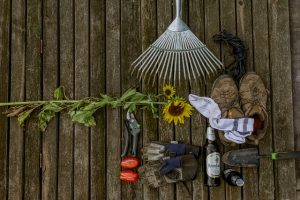
Ian Macnaughton,
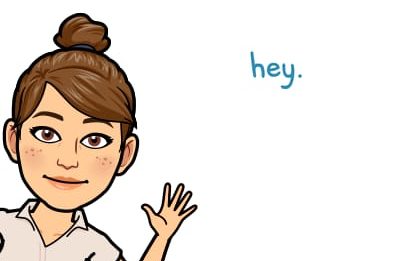
Wheels Within Wheels – Part I
Following on from previous columns, where I had a bit of a moan about lockdown, I’ve decided to focus on change and being positive about change. I’ll also alter my style a bit for this series. Slightly more serious – but only slightly.
We’ve all had to change – whether we like it or not, whether we wanted to or not – over the last while. Change is difficult. Alongside the change, I’ve personally gone through varying cycles of emotion that range from utter despair and anger to acceptance and joy. I have had to maintain being mindful throughout, as the negativity can take over quite quickly.
One of the tools I’ve used as part of my mindfulness practice is the ‘Wheel of Life’. What is the Wheel of Life? The Wheel of Life is a tool that is widely used in coaching circles, to simply benchmark where we’re at against where we’d like to be in certain areas of our life. I use it as a personal accountability and development tool. It keeps me on track, and from wandering down rabbit holes where I can get lost for days or months at a time. You can adapt the concept to suit yourself and your own needs.
Before we get into the practicalities, some history first. Some like to say the original, original concept came to us through Buddhism, however, the original concept originated with Paul J Meyer, the founder of the Success Motivation (R) Institute in the 1960s.
The original wheel, with six slices of the pie, looked like this:
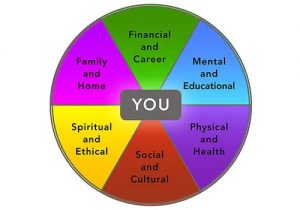
You’ll note the sections were labelled:
- Financial and Career
- Mental and Educational
- Physical and Health
- Social and Cultural
- Spiritual and Ethical
- Family and Home
The more modern Wheel of Life is usually subdivided into 8 sections. These are, commonly:
- Business and Career
- Finance
- Health
- Family and Friends
- Romance
- Personal Development
- Fun and Recreation
- Contribution to Society
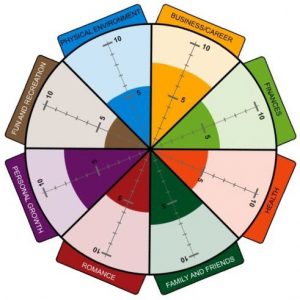
My wheel of life is very similar, except I would have ‘Physical Environment’ in place of ‘Contribution to Society.’ This doesn’t make me a cretin who isn’t interested in society. My contribution to society runs as a natural thread throughout my interactions with society; I don’t feel the need to actively measure this or set goals for it. However, my physical environment is very important to me for various different reasons, so I prefer to measure this.
If you want to focus in on one area and break it down into other sections, the Wheel of Life can be used that way too. Some people use it to assess themselves in each of the roles they play in life, such as partner, manager, parent, sports coach, teacher, etc. Try and keep your set consistent when designing it.
The Wheel of Life is used in two styles: pie and spider web. When we use the pie style, we draw a line to mark how far up the slice we are, whereas with the spider web wheel, we can plot points on the slices as if it is a graph. Both result in the same messaging, though. Personally, I use the pie style, keeping it simple.
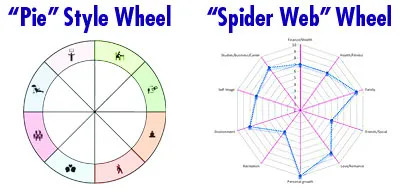
In the next part of the series, I’ll look at how to get started: identifying what an aspirational 10/10 is for us in each of the categories of the Wheel of Life, and how we benchmark where we’re at now. I look forward to sharing more with you in the next column: showing you how I use it in a very practical way, from longer term goal setting that then translates into small, daily actions that I take to reach said goals. Through this, you’ll get a glimpse of how I managed to maintain a semblance of sanity during lockdown, even though our lives were turned upside down.
As a small teaser, you might want to try this online assessment: https://wheeloflife.noomii.com/
Philipa Farley

Interpretive Dance, by Paul Strange and Steve Kirkham
Paul (the performer) is based in London, where he is variously employed as an osteopath, a baker of unusual cakes, and a creator of comedy such as in the video below. The cinematographer is Steve Kirkham. This is interpretive dance with a difference!
Second Look, by Mark Fitzpatrick
Today we are featuring photographer Mark ‘Fitz’ Fitzpatrick for the second time. Fitz describes himself as a “full time parent and teacher, part-time visual story teller, background artist, silversmith, bargee and recovering layabout.”
“I like to view the world around use from a different perspective to show there is art all around use, sometimes we just need to step back to see it.”
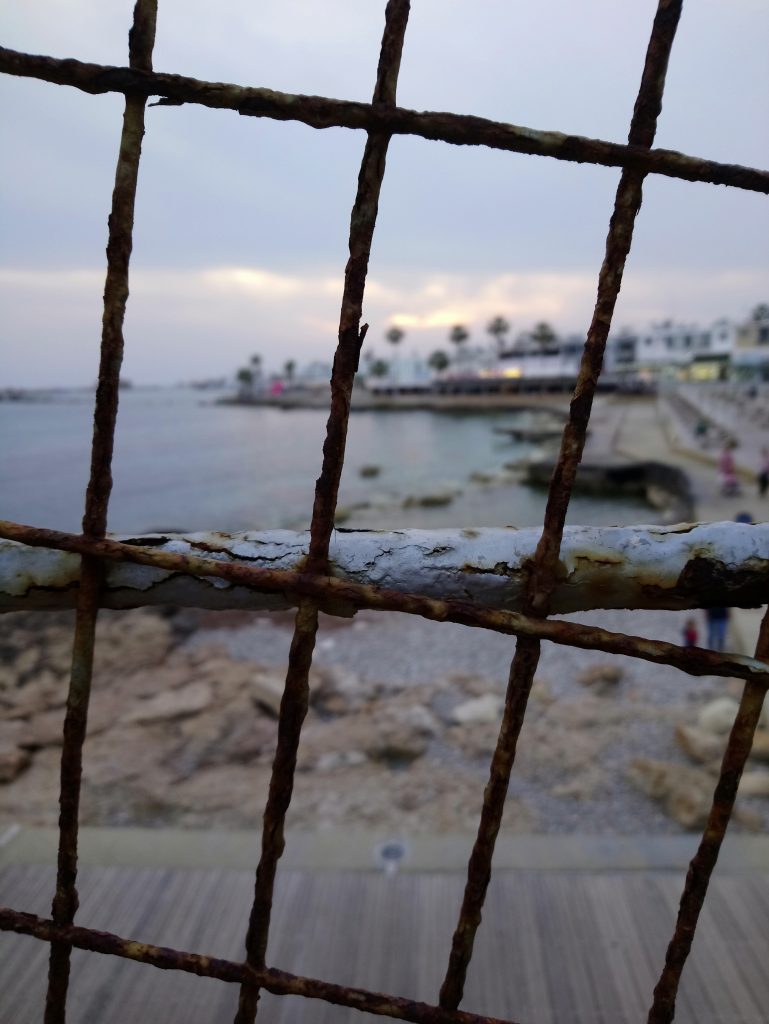


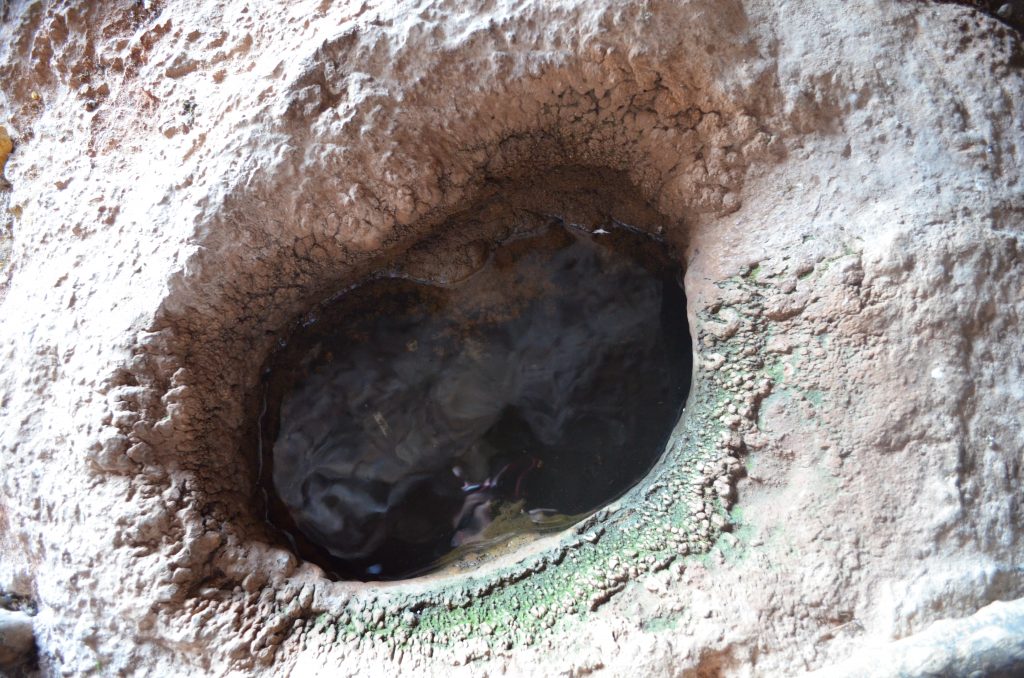
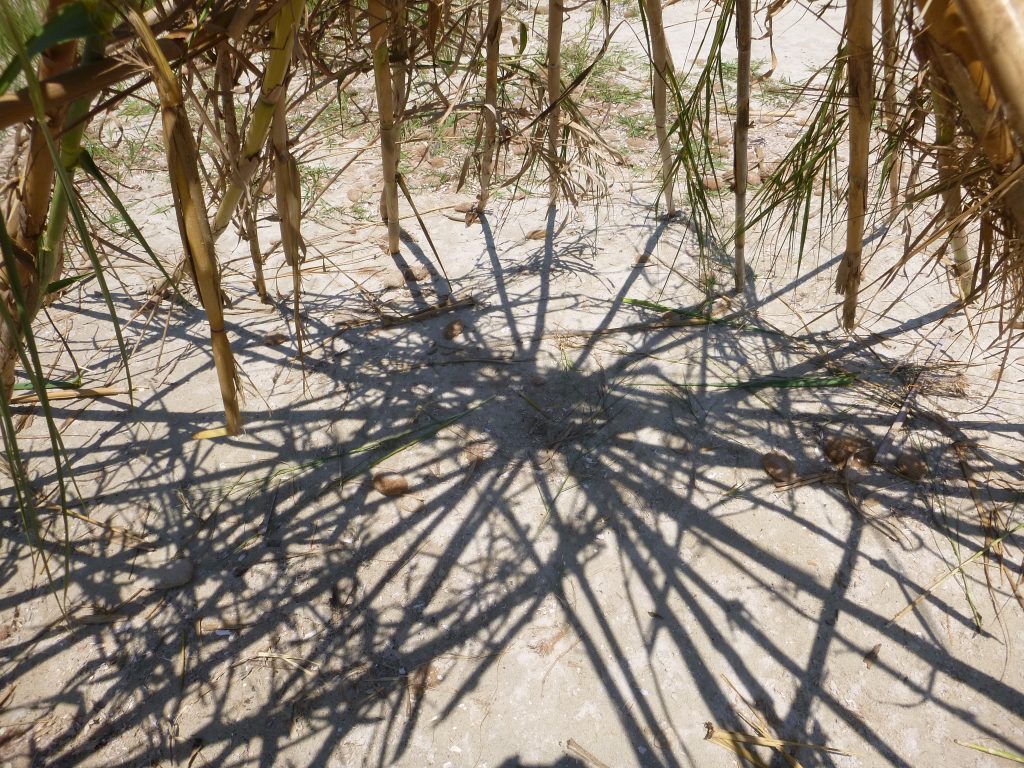


Come Shopping with Me, by Ash Reddington
Ash Reddington is a talented Irish actor, writer and filmmaker who is based in New York City. In this short comedy film, her character Svetlana goes window shopping in Manhattan during lockdown.
You can find out more about Ash at her Backstage page.

Priorities, by Breda Hyland
Lipstick smudged in empty coffee cup.
You crush it nervously in your trembling hands,
waiting for his form in the doorway
and he does come,
and fixes his eyes firmly around the room
until he finds yours.
He beckons and you follow him.
Not waiting to hold the door open,
he hurries across the street
away from the thousand eyes of the night.
He bundles himself into his new Mercedes,
lights up a cigar and waits.
He thinks of home, his boring infertile wife,
she, a company director, with all the trappings
that he can’t live without.
But he wants more.
He watches you in the rear view mirror,
and ponders the ravages of time etched in your face.
You have the look of children
and burgers on Sundays,
wearing faded denim jeans
and worn outdated blouse
under an oversized belted raincoat.
Hard to believe you were once a follower of fashion.
Locking your door, he drives into the night air
and stops at a laneway, concealed entrance.
He’s been here before, you can tell.
In the darkness he spits his cigar from his mouth,
and heaves his obese body into your seat,
smoke breath heavy on your face.
You close your eyes and think of the money lender
and hope he’ll be satisfied in the morning.
Relaxing back in the driver’s seat,
he pulls two fifty euro notes from his inside pocket
and stuffs them into your sweaty palm.
‘I’ve had better’.
Sickness and anger rise in your throat
but you pull yourself together, look away
and think of your children,
born to deprivation,
brought up on love.
Home now, the whiff of alcohol greets you at the door.
You spot your inebriated husband
slouched in the living room.
His bloodshot eyes stare through yours.
‘How much’?
You toss one fifty euro at his feet,
and hope, more than anything, he’ll let you sleep tonight.
In the kitchen your children huddle in a corner.
On the table, a bottle of cheap perfume,
six rice krispie buns; one from each child
and a homemade birthday card.
A candle lights up each face as you enter.
‘Happy birthday mammy, we love you’.
Effortlessly, you carry them up the stairs
and kiss each one goodnight.
In the quiet of your room you press your apron
close to your tear stained face,
taking comfort in its’ old familiar smell.
You cry buckets.
Breda Hyland


Come Friendly Bombs (with apologies to John Betjeman)
I wrote this poem a couple of years ago (and well before Covid 19), but I think the issues it refers to still stand.
Come friendly bombs and fall on Slough
It’s time to say this is enough
The future’s looking very tough
Don’t hold your breath
Don’t be disabled or be sick
ESA won’t miss a trick
You’re made to feel like you are thick
By DSS
And now we’ve left the EEC
There’s no appeal for you and me
Beyond the Tory hierarchy
Which we detest
Come friendly bombs and fall on Slough
And help us as we mourn for how
Our futures bright have vanished now
Compassion’s death
Mary Tynan


Many Diminishing Returns
It’s not helped by the weather. I mean, it’s definitely that time when you start thinking about getting away. Dawn chorus is actually getting louder; maybe it’s just the contrast. I mean, there’s nothing happening.
Anyway, that’s the time for me. We always used to set off then. Car was packed, evening before, and then we’d eat something. And I mean something; Mum was always thrifty – Dad said ‘Mean.’ So, whatever was left in the fridge was cooked and eaten, then off to bed, too excited to sleep. Eyes shut, make it pass quicker, then woken by my dad saying “Shhhh, it’s time.” We’d dress in that curious garb only worn for holidays. Dad’s weird trousers that had zips just above the knees so they converted into badly fitting shorts. Then downstairs without breakfast, off through the empty streets. How long before we see another vehicle?
Like now. The rumble behind all the other sounds is gone. But we are still waiting to go away, to escape, to be released, for the summer, vacation, va-ca-tion?
Well it seems more vacant than a holy day. I mean, the next step is unlikely to be a celebration. It is not a return. The new normal is not so easy to shed; it has to be tailored to fit the circumstances. We’ve not been here before, and this journey is not a reversal – more a gradual course adjustment, a slight curve. People say ‘when it’s over’ but can it be? Over the horizon perhaps? Which means we might glimpse further ahead. Are we there yet? Yes, we’re always there. Is there a real ‘us’? Maybe the immediate household.
The family has, for some, returned to staycation; children are suddenly familiar with family. For some, this will be a positive discovery; for others it will be ‘domestic.’ For some, it will be duty or servitude as carers; for others solitary ‘lives in parallel.’ Our main community is. in many cases. now digital and is itself fragmented.
So, which ‘us’ are they briefing? Who is in it together? The death rate among the solitary and the marginal has risen, the rest shunted into a virtual world in which social relations are through a screen, muffled, partial, and easily monitored. Does this contribute to a sense of disempowerment; of being done unto? It might be a contributory factor to recent rise in active protest. Is that where ‘we’ need to be next?

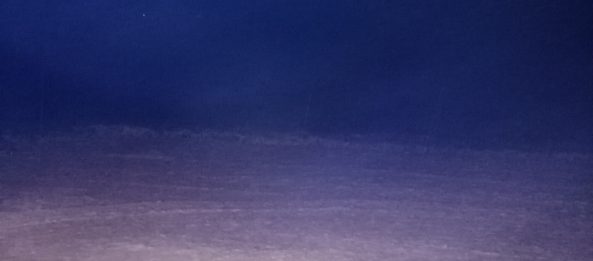
Evening into Night, by Mary Tynan
Mary is an actor, writer, and director, as well as the artistic director of Notes From Xanadu. She does not claim any expertise as a photographer, but is merely blessed to live in a beautiful location. As well as landscapes, she also likes to photograph food! You can view Mary’s actor website at www.marytynan.ie
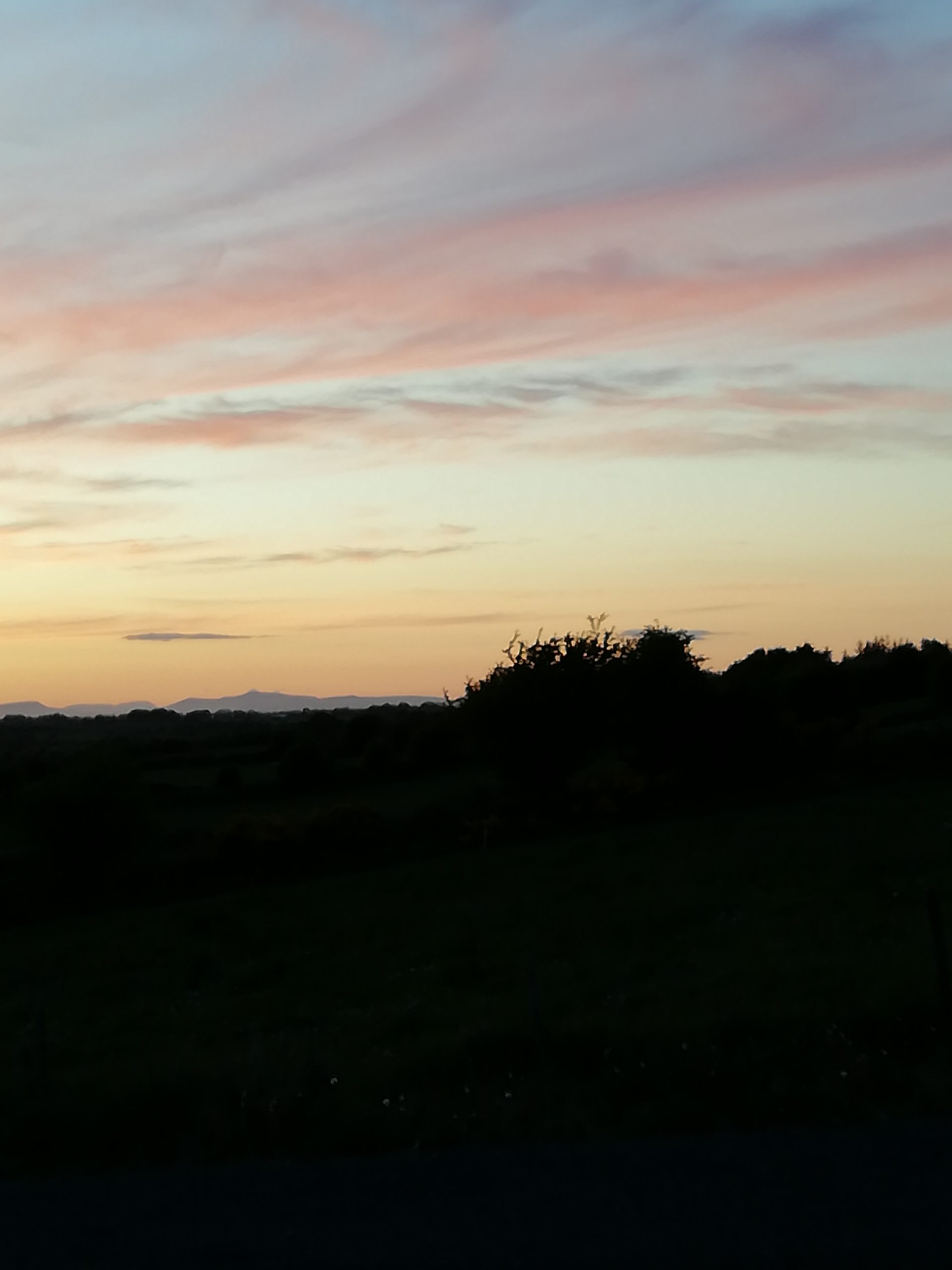

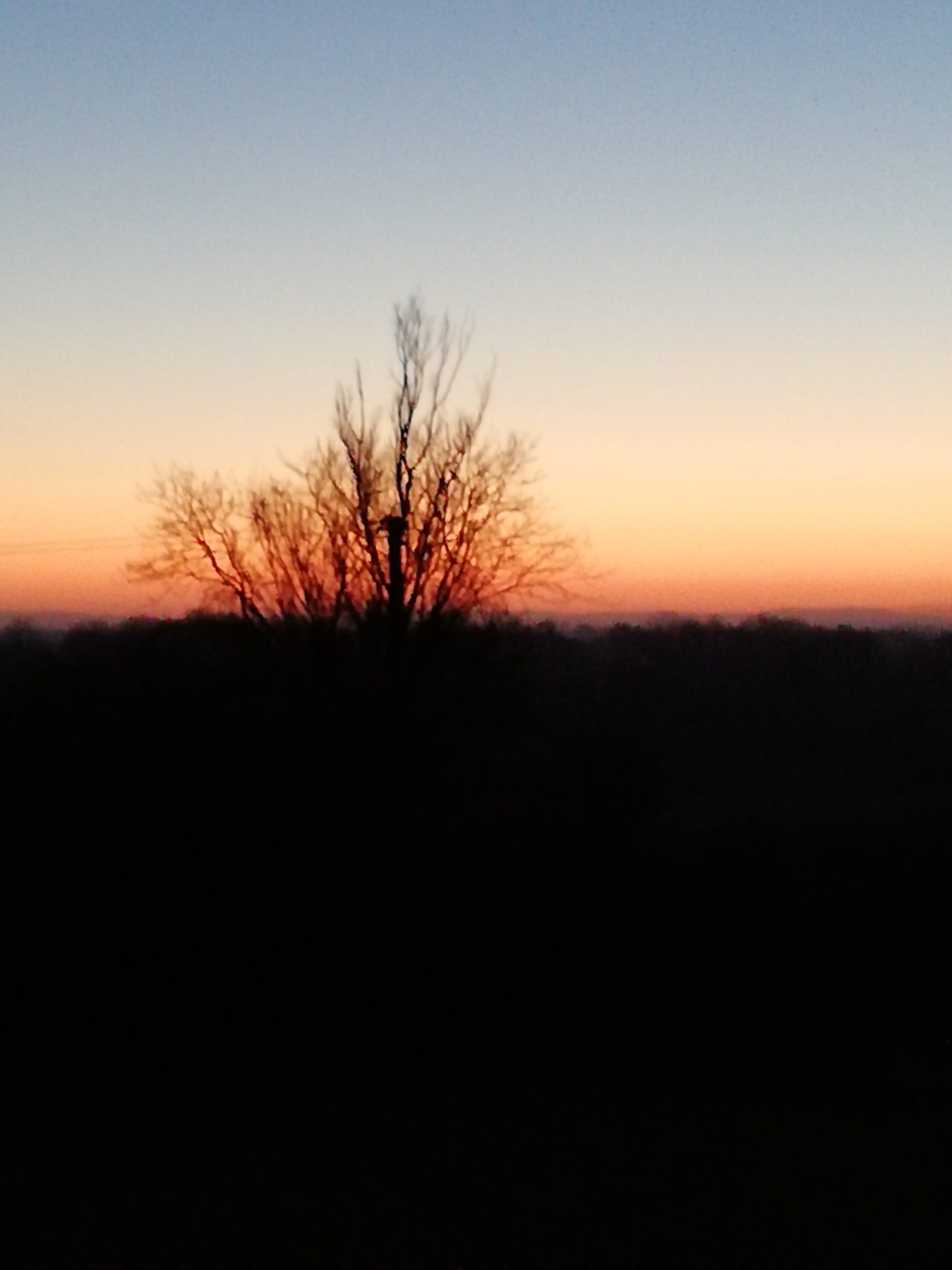
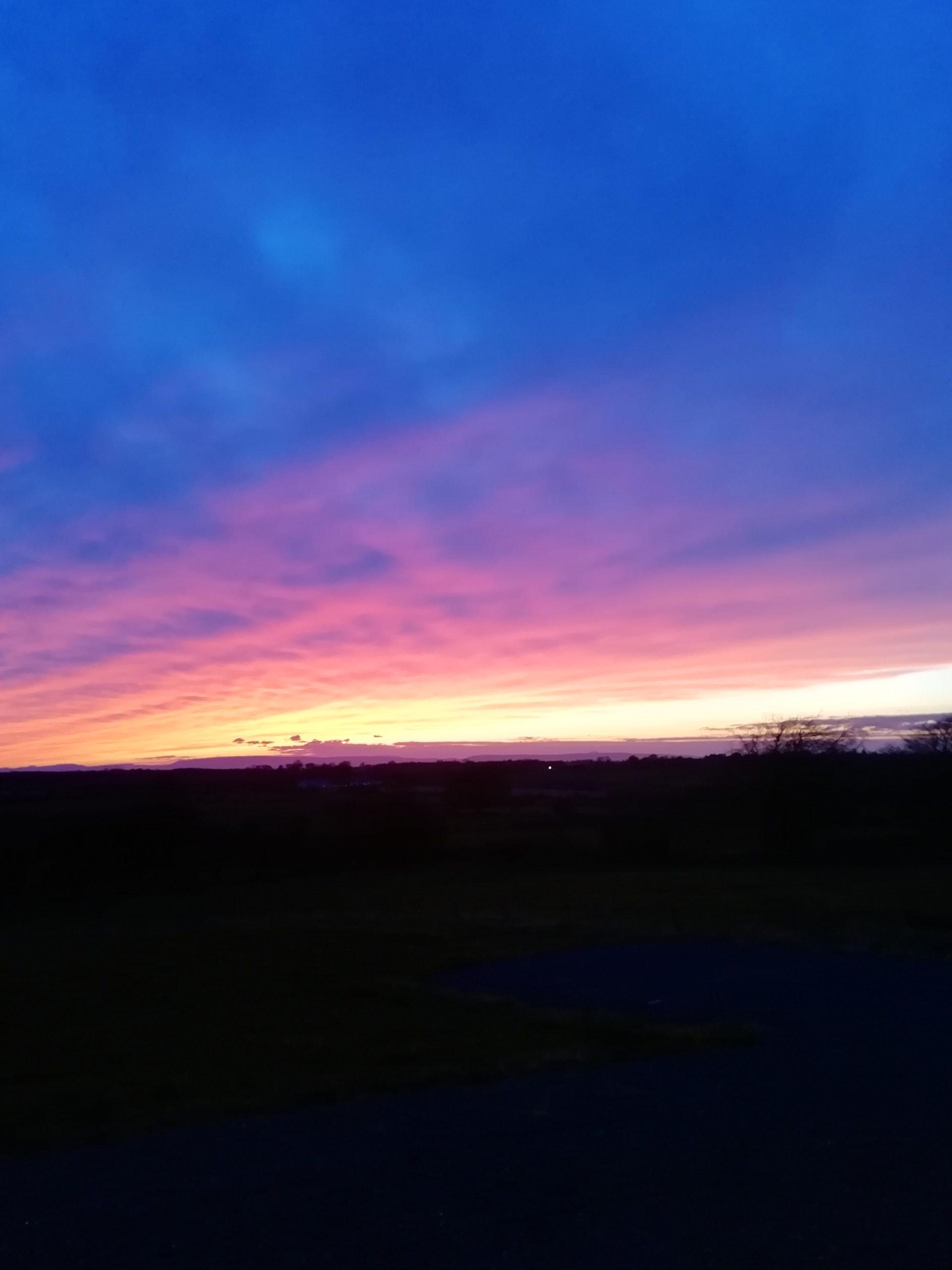
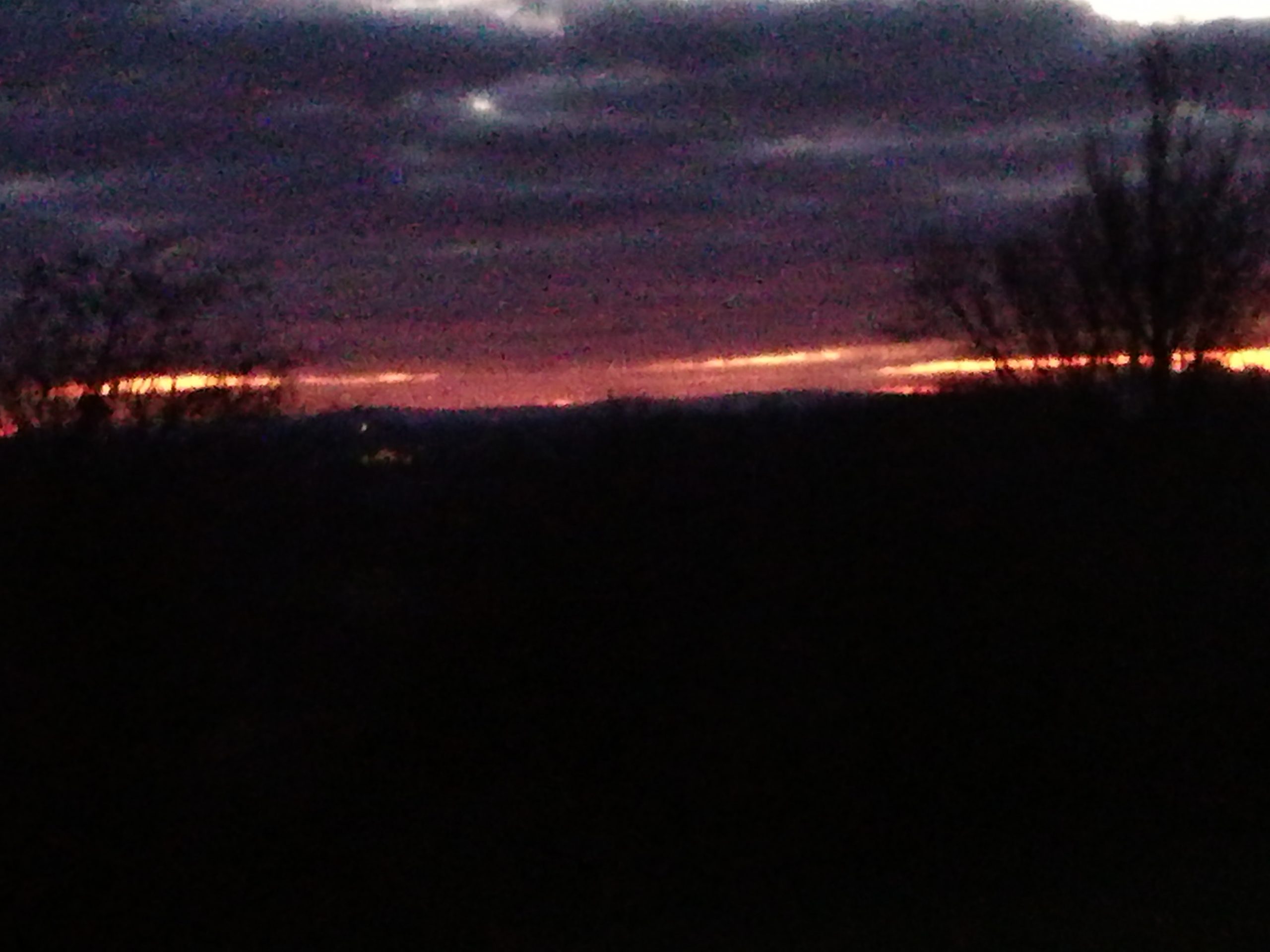
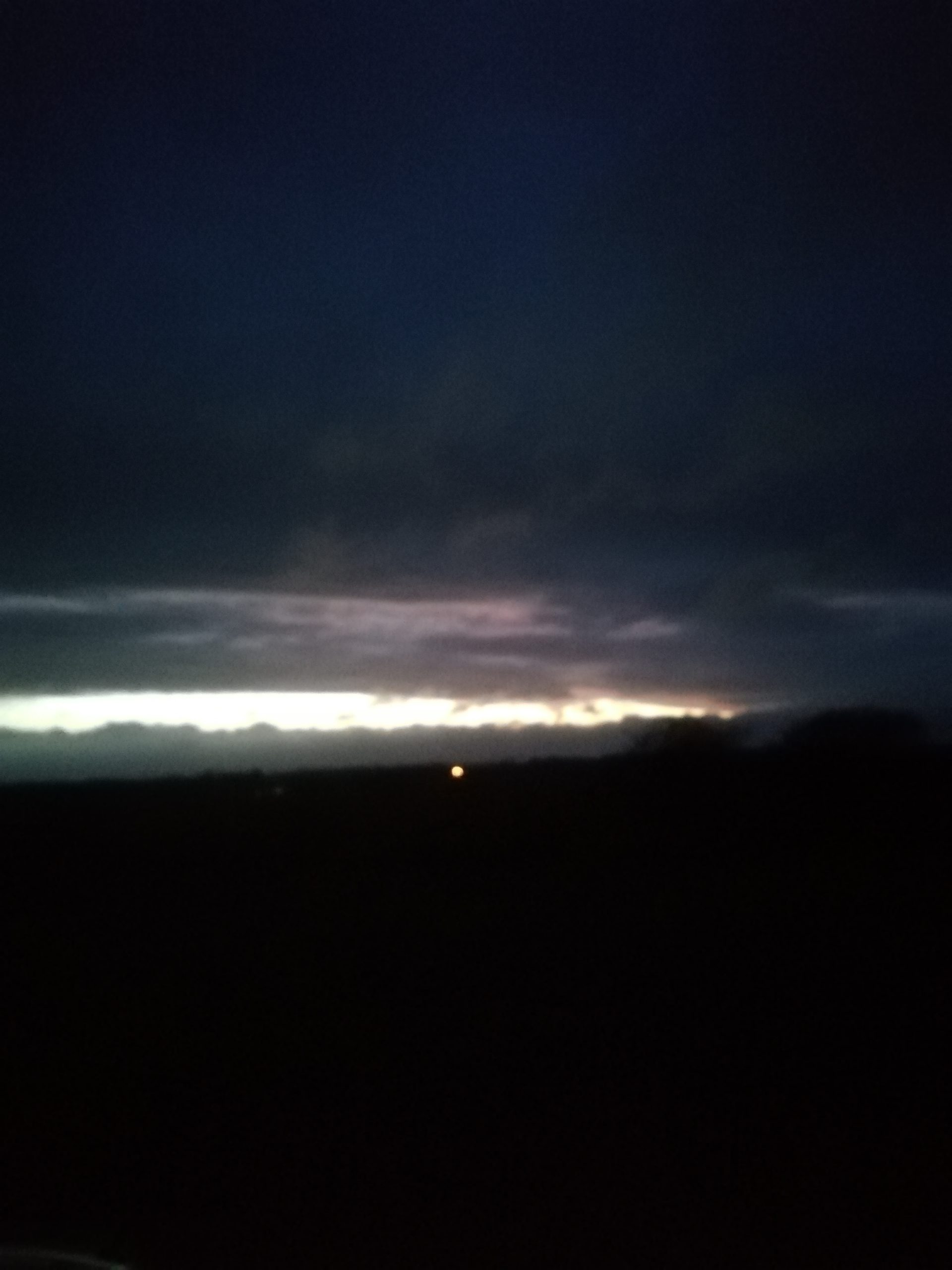
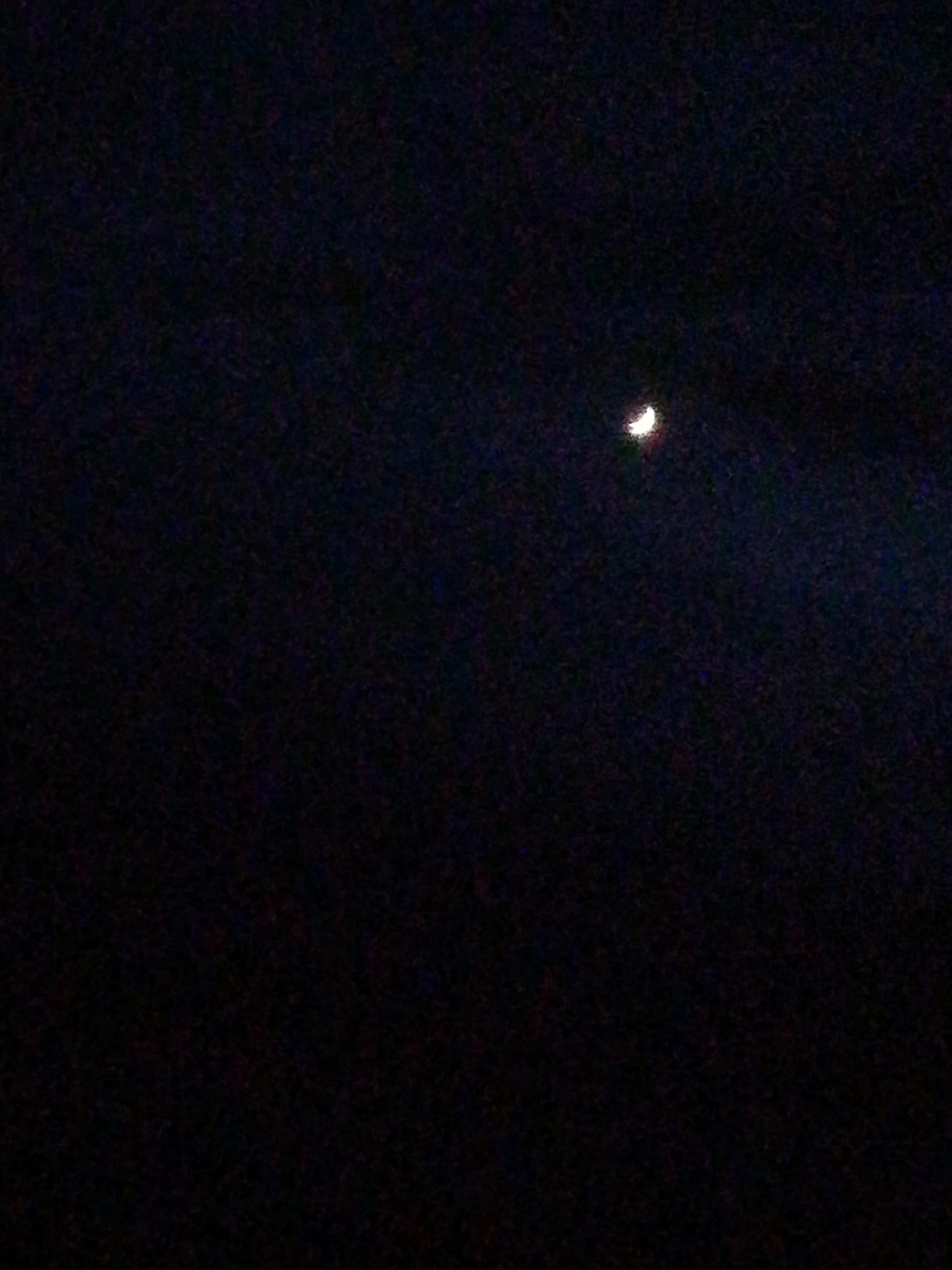
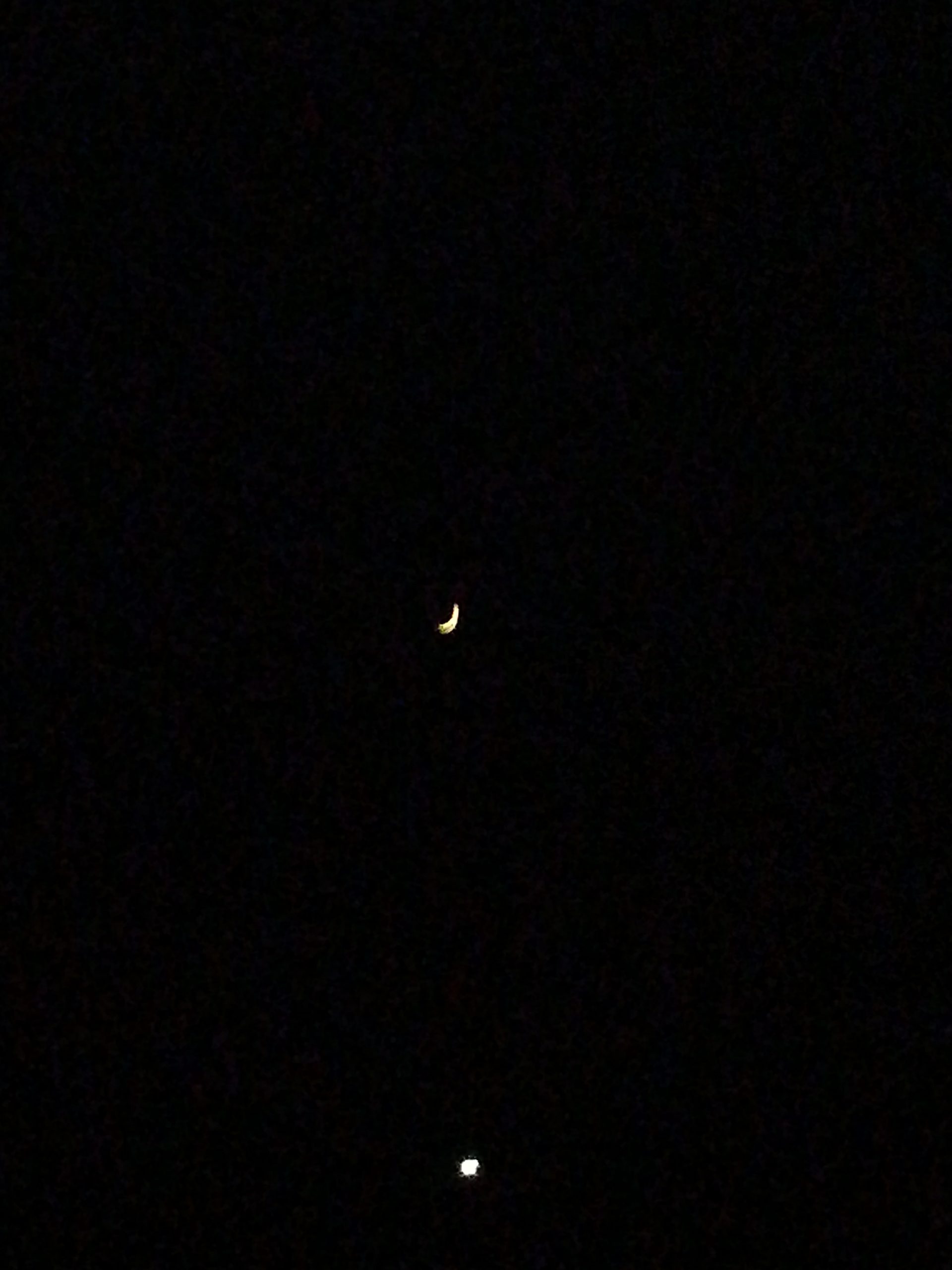

Only Real Necessity, by Autumn Black
Welcome back to Autumn Black, one of our talented female singer-songwriters. Here she performs her most recent composition, “Only Real Necessity.”
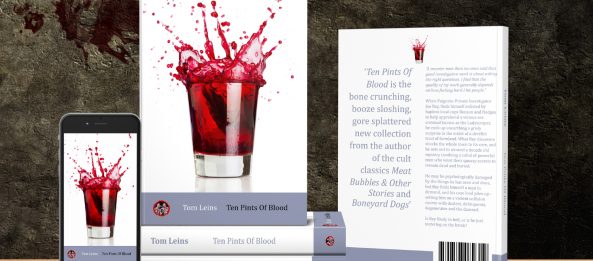
Cover Art, by Craig Douglas
Craig runs a small organisation, Close To The Bone Publishing (http://www.close2thebone.co.uk), which is dedicated to helping authors into print and onto a viable sales platform’ sidestepping publishing agents and other such complexities. You can contact him on close2thebone@hotmail.com with any queries regarding publishing and cover art. He’s a former soldier and is now dedicated to promoting safety and health in the workplace as an occupation. Craig currently live in Warwickshire, England with his wife and two children. He has a personal blog at http://www.craigrobertdouglas.co.uk.
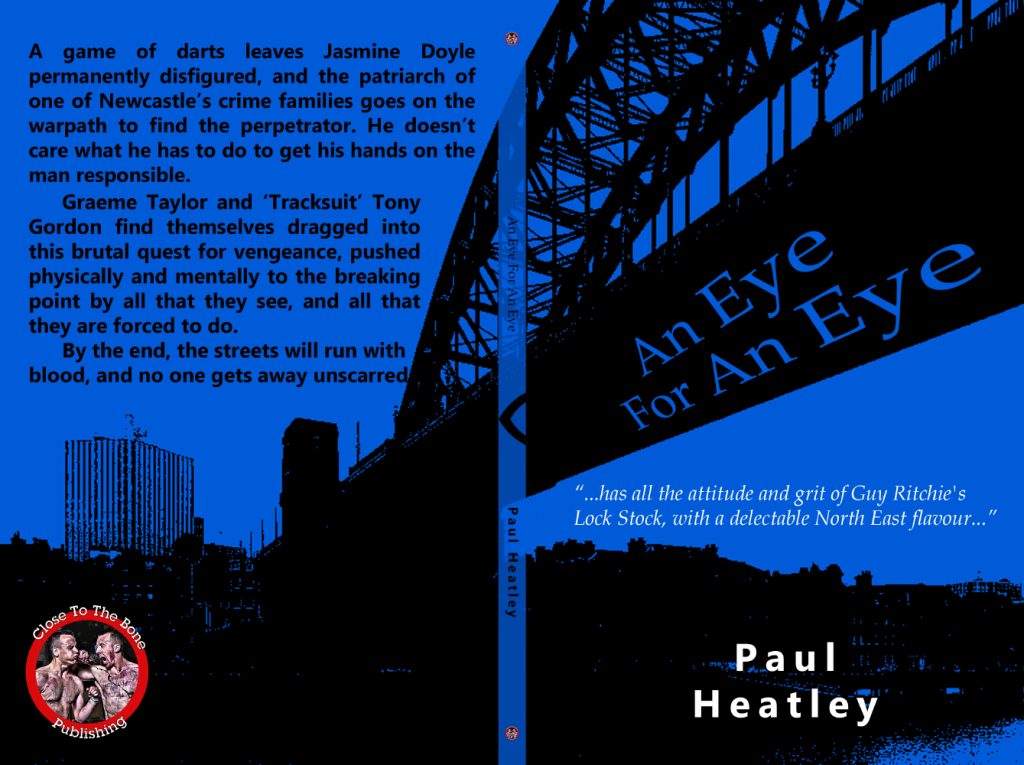
An Eye For An Eye, Date of Releas : 2017, Author: Paul Heatley.
“1 of 3 books in a trilogy. The most difficult part was trying to get an eye on all 3 spines to match up correctly.”
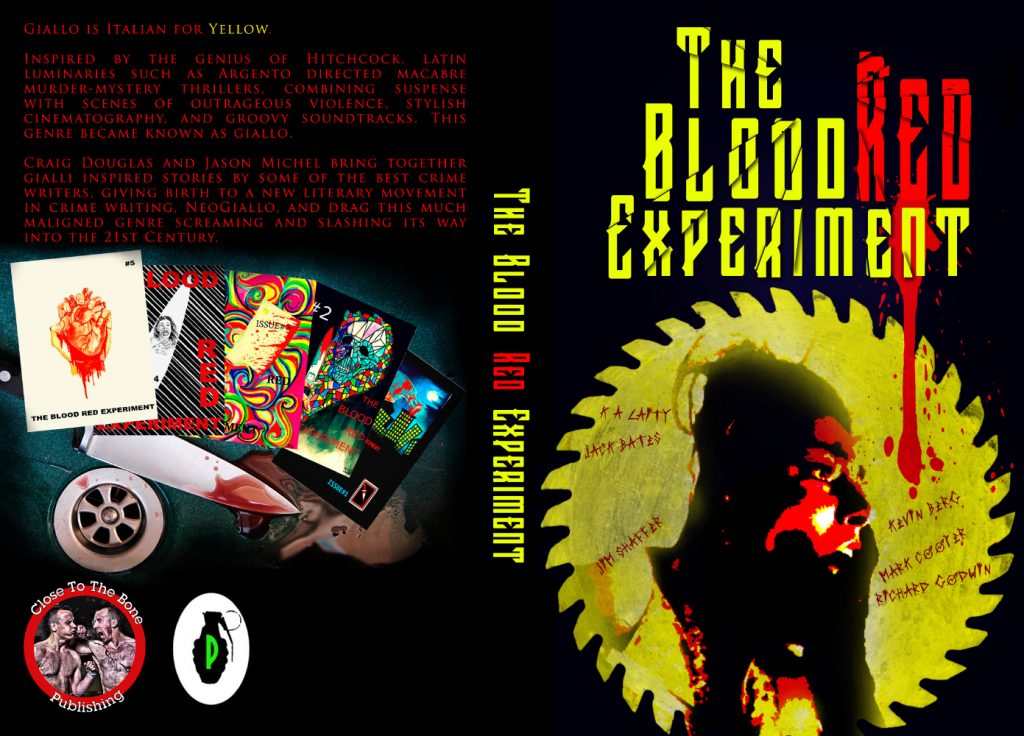
The Blood Red Experiment, Date of Release: 2018, Author: Anthology.
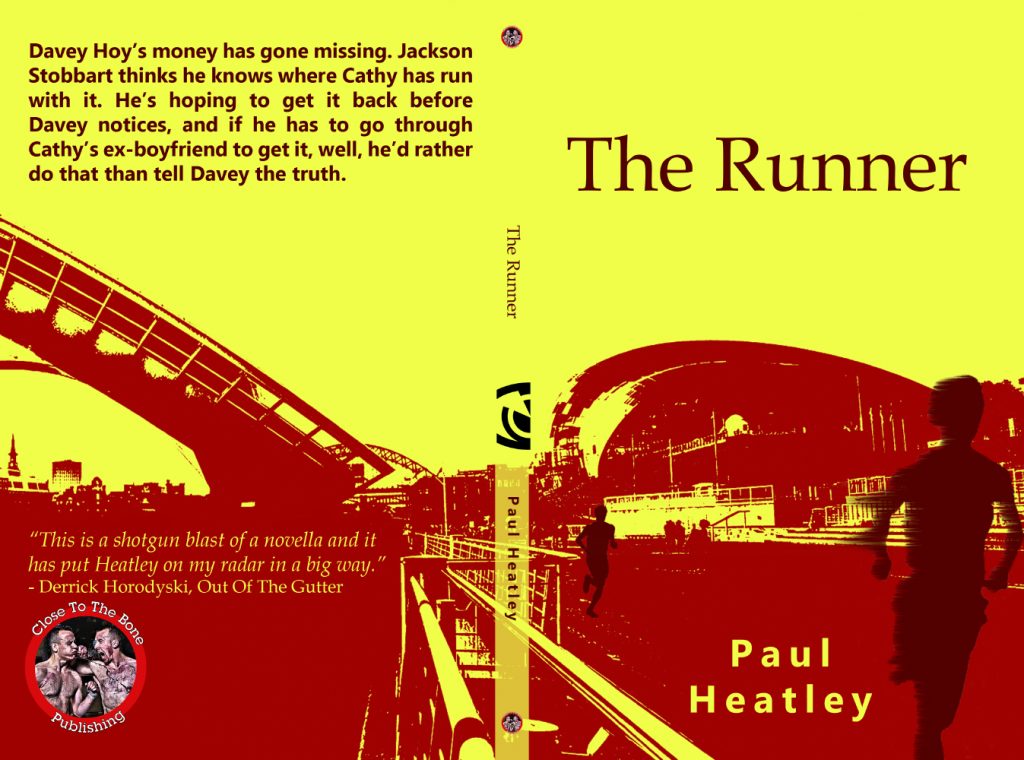
The Runner, Date of Release: 2018, Author: Paul Heatley.
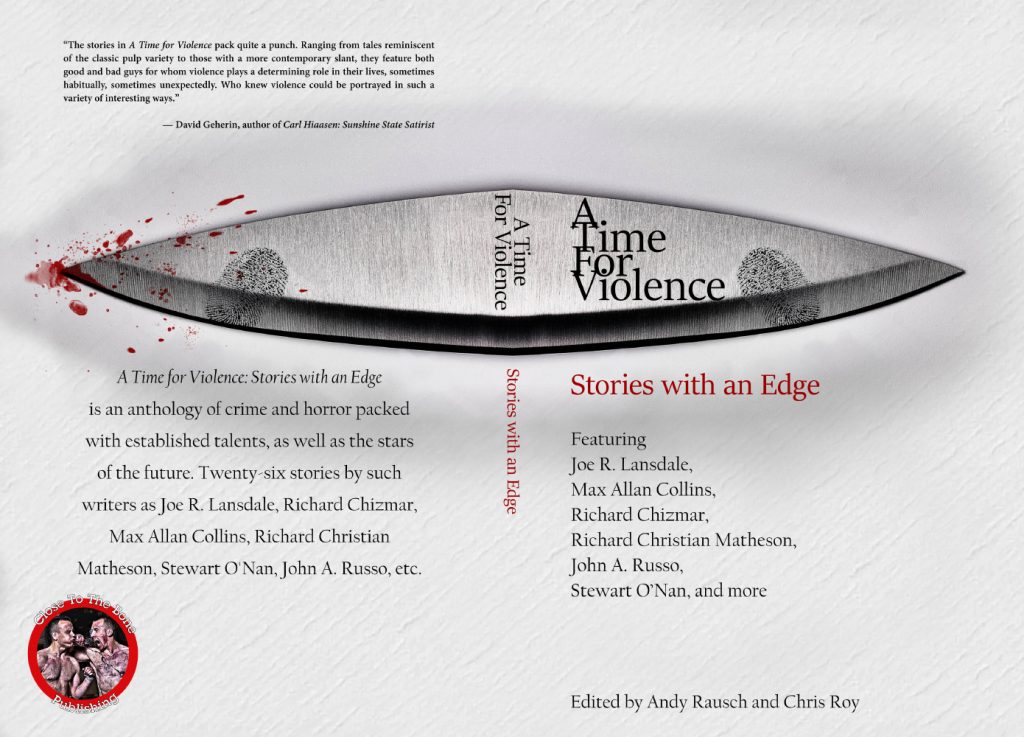
A Time For Violence, Date of Release: 2019, Author: Anthology.
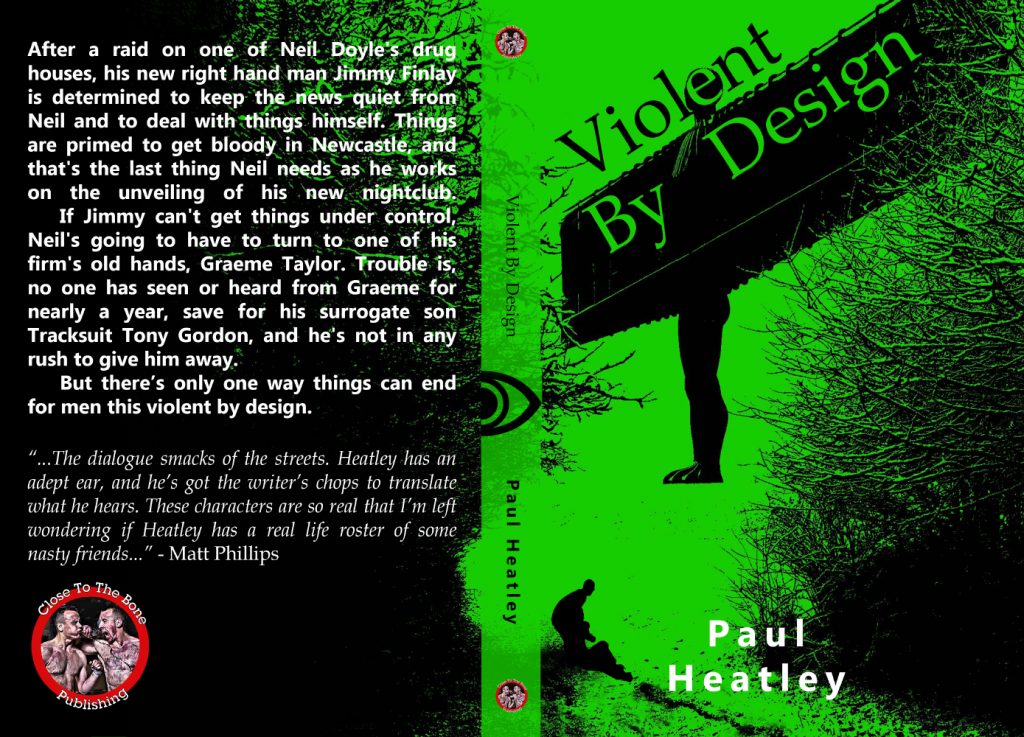
Violent By Design, Date of Release: 2018, Author: Paul Heatley.
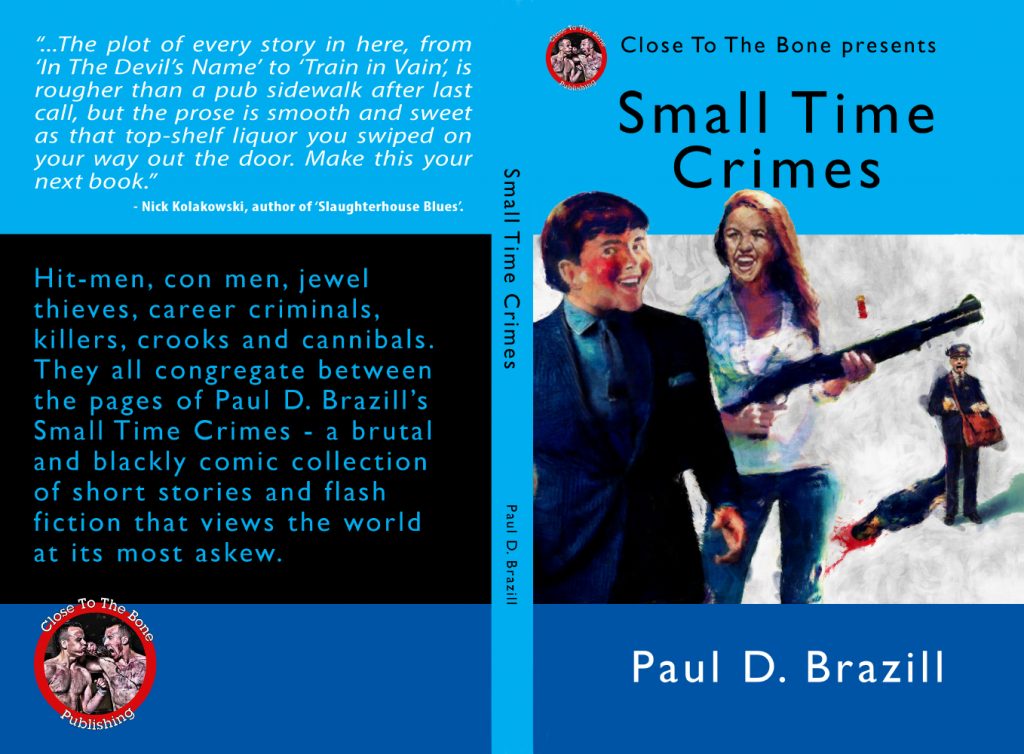
Small Time Crimes, Date of Release: 2018, Author : Paul D. Brazill.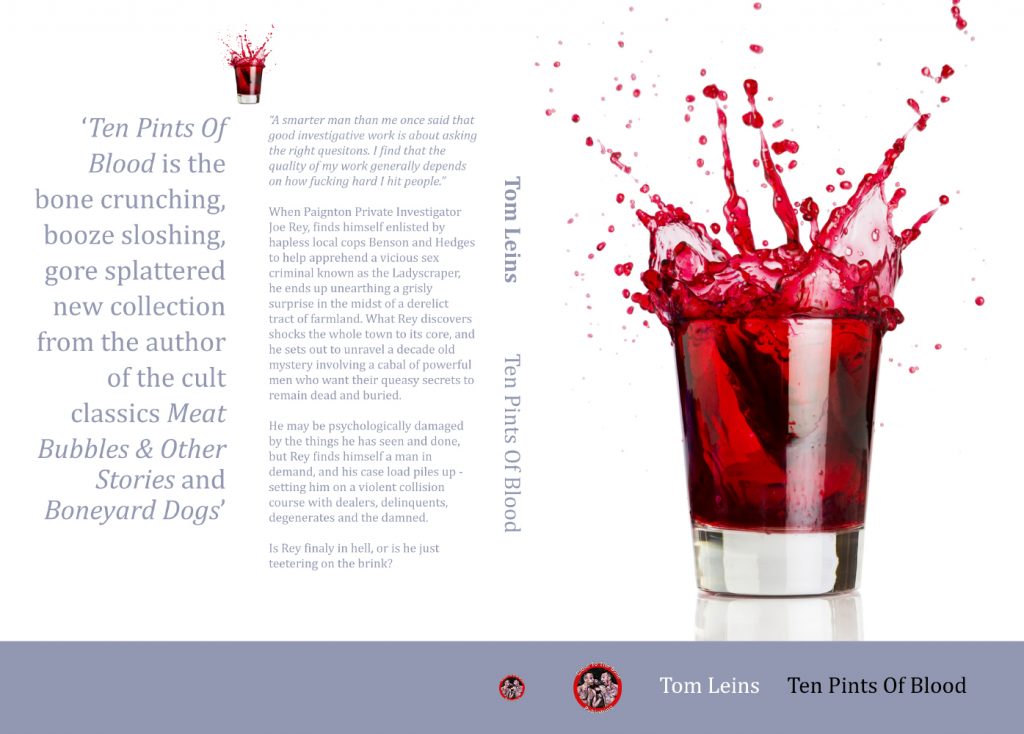
Ten Pints Of Blood, Date of Release: 2020, Author : Tom Leins.
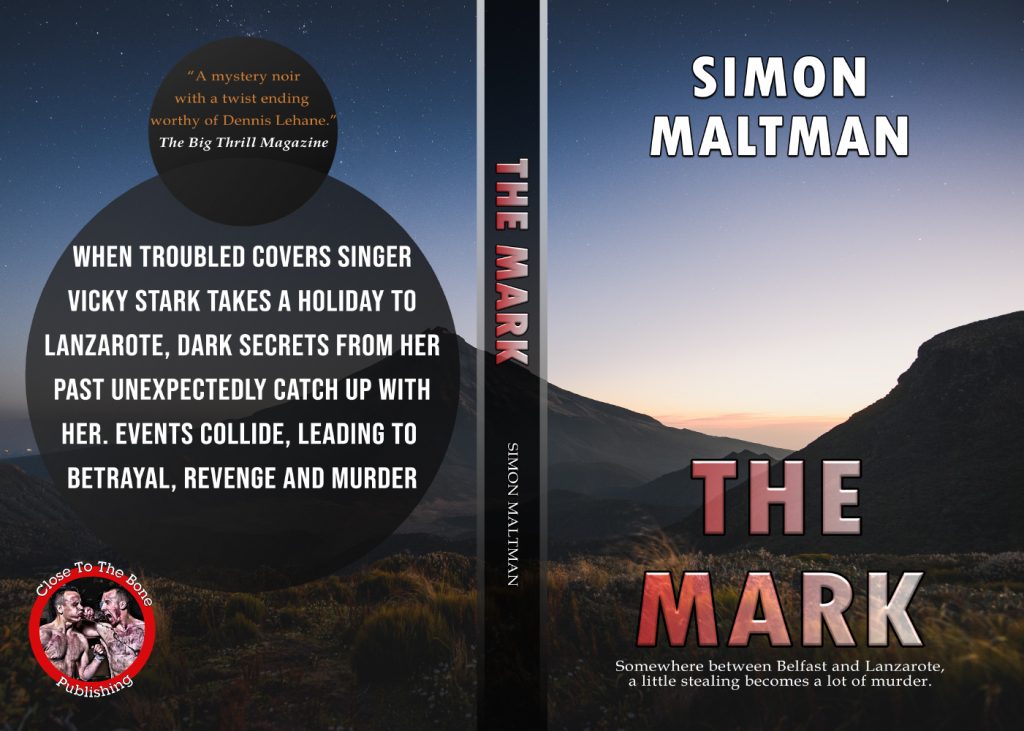
The Mark, Date of Release: 2020, Author : Simon Maltman.
Pearly Moon, by Suzanne Ledwith
Described by Hot Press as having the voice of an angel, Suzanne Ledwith is a multimedia artist from Mullingar. She was introduced to the acoustic guitar in her youth. ” I remember Mary (Tynan) showing me how to play Romanza on the guitar, for which I am very grateful, as it was the first time I every played a guitar, and I discovered a life long passion. In her teenage years a chance meeting led to her being asked to join a band. Not seeing any reason to say no, she said yes, and Dreams of ID was formed with Patricia Raleigh (electric guitar) and subsequently Monica Raleigh (bass) and Paul Muligan (drums). Eventually this morphed into Suzanne performing solo.
For the past number of years she’s been developing a different style from the early pop/rock focus of the band. Her style reflects an interest in Irish music, world music, folk and classical music. She’s been working with Donal Lunny for a number of years on an album, which is finally coming to a not-too-hasty conclusion (Suzanne’s words). Suzanne says that working full-time as a teacher in the further education sector leaves little space to make her passion for composing, writing, singing and playing guitar more than a hobby. “I am grateful to Mary Tynan for contacting me and inviting me to contribute to her wonderful online space for artists. We are lucky to have you Mary.”
Here she performs her haunting composition “Pearly Moon.” Additional instruments played by Dónal Lunny. Notes From Xanadu is very lucky to have you, Suzanne!
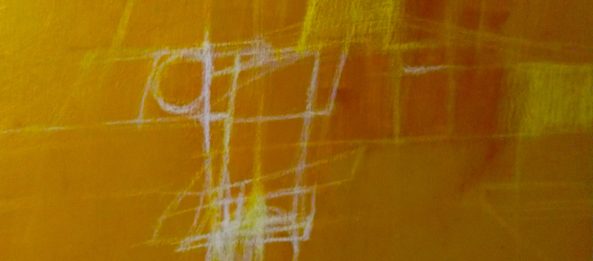
Abstracts, by Jerome Malenfant
Jerome is our second US contributor to date. He tells us “I am currently retired after working as a scientific editor on the journal Physical Review Letters. My professional background was in theoretical elementary particles, with a PhD from UCLA. Since retiring, I’ve been working on my painting (oil, acrylics, wax crayon), as well as writing. I started out in poetry, then switched to prose: three murder mystery novels and working on a fourth one. A short story of mine, “A Quantum Tale”, (sort of ‘Alice in Wonderland meets the Schroedinger Cat’), just won a Honourable Mention in a contest by Quantum Shorts.”
The original art work is not for sale, however some are available as Print-on-Demand at www.ArtPal.com/malenfant188, and you can also follow Jerome’s work on his Facebook page, Jerome Malenfant/ART.
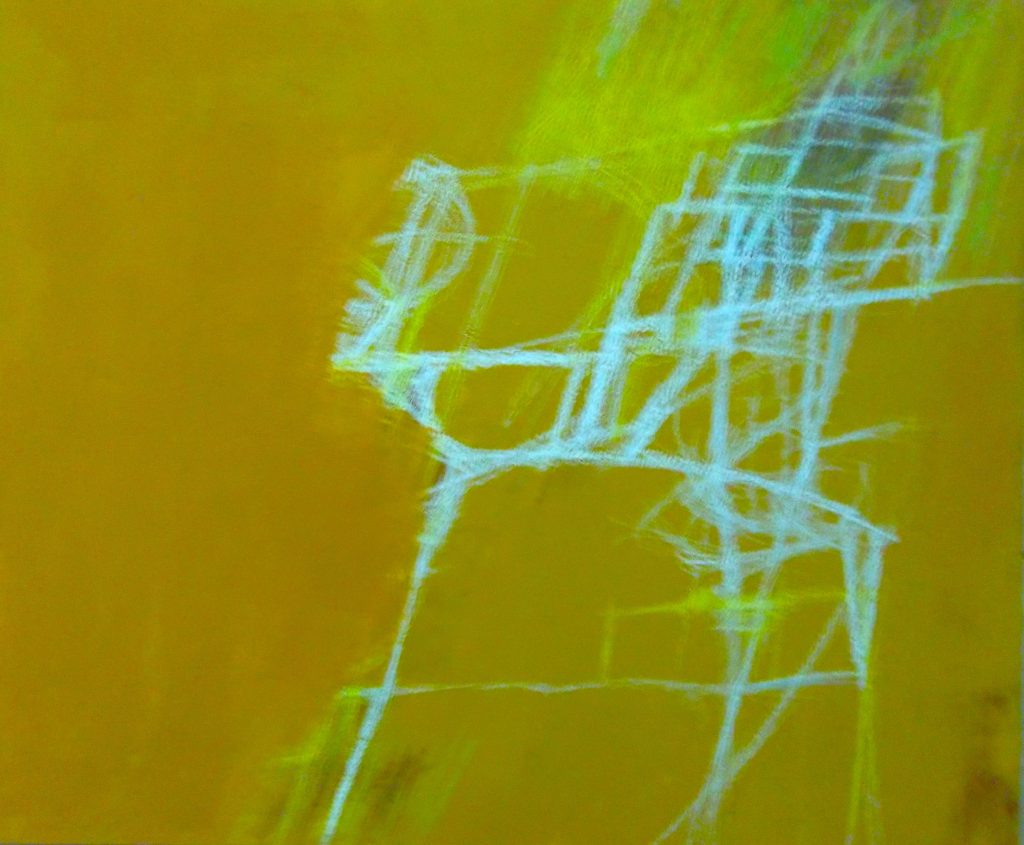
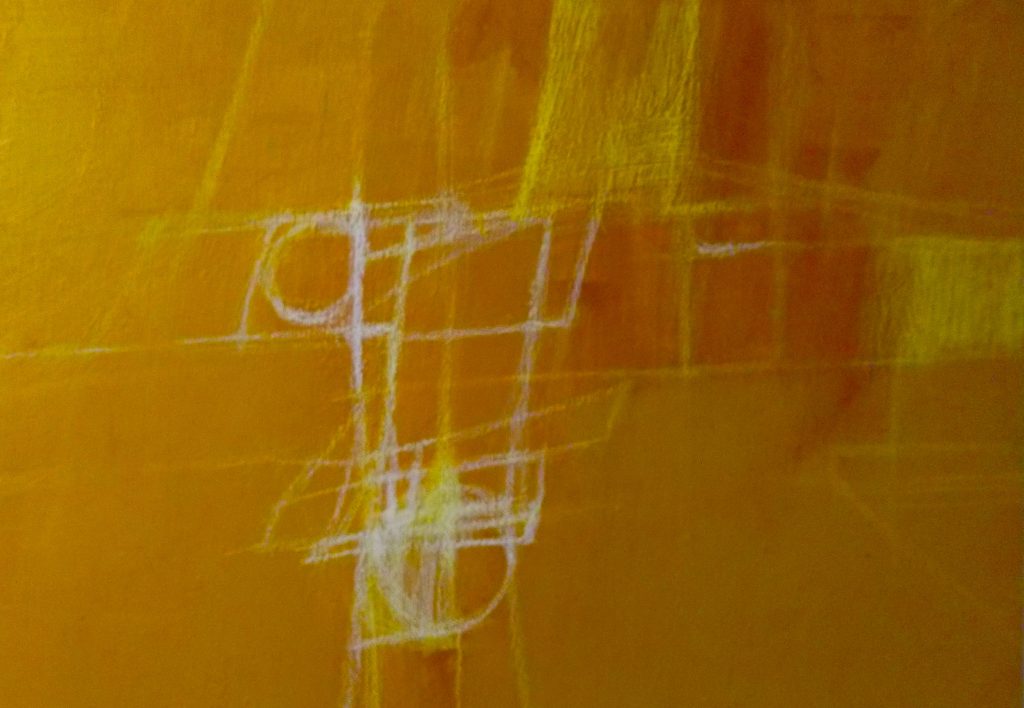
Perspectives, by Mark Fitzpatrick
Today we are featuring photographer Mark ‘Fitz’ Fitzpatrick. Fitz describes himself as a “full time parent and teacher, part-time visual story teller, background artist, silversmith, bargee and recovering layabout.”
“I like to view the world around use from a different perspective to show there is art all around use, sometimes we just need to step back to see it.”
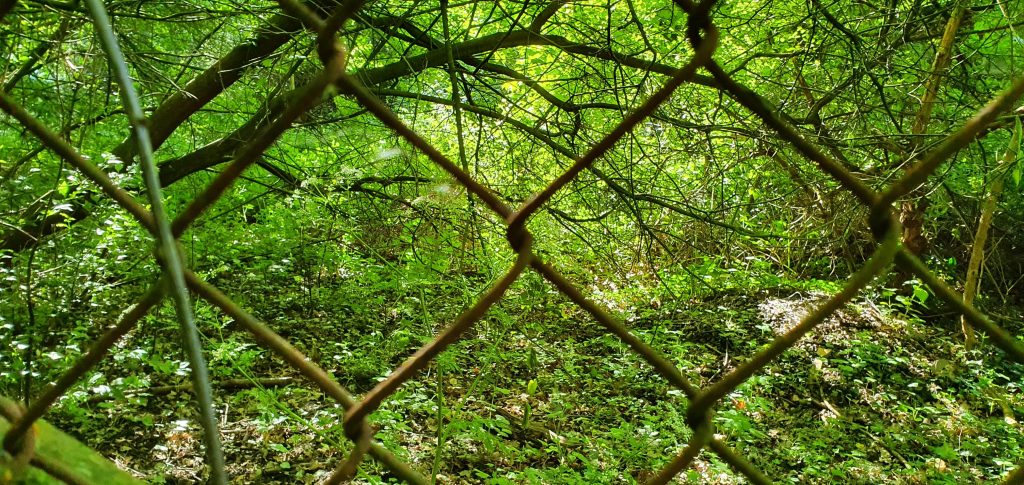
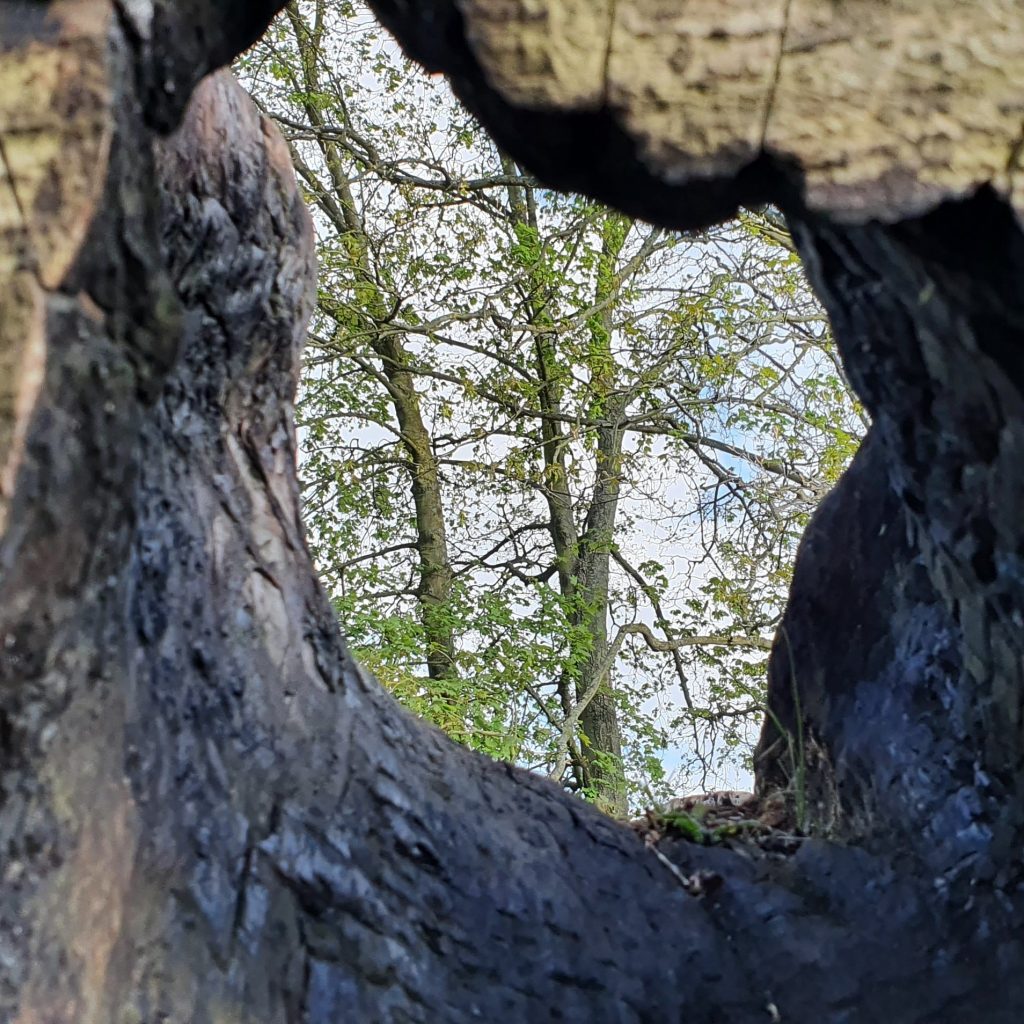
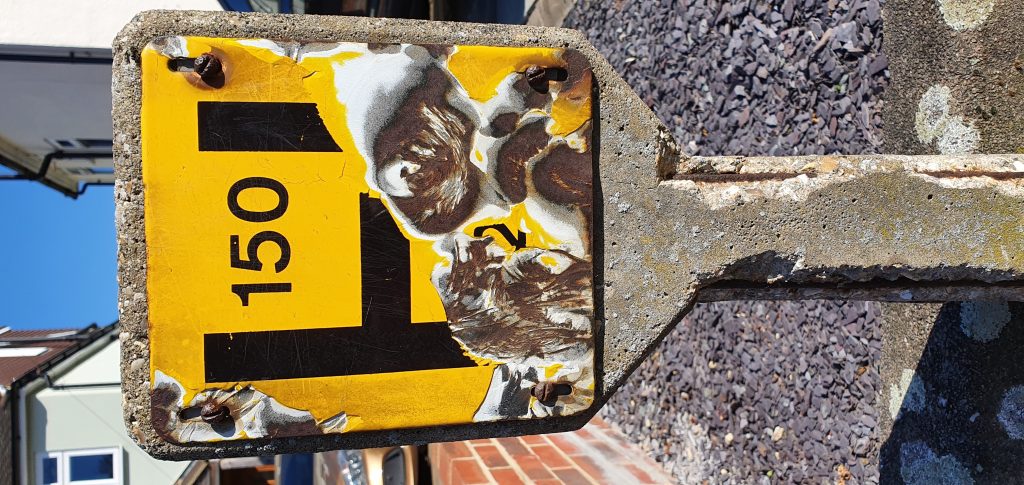
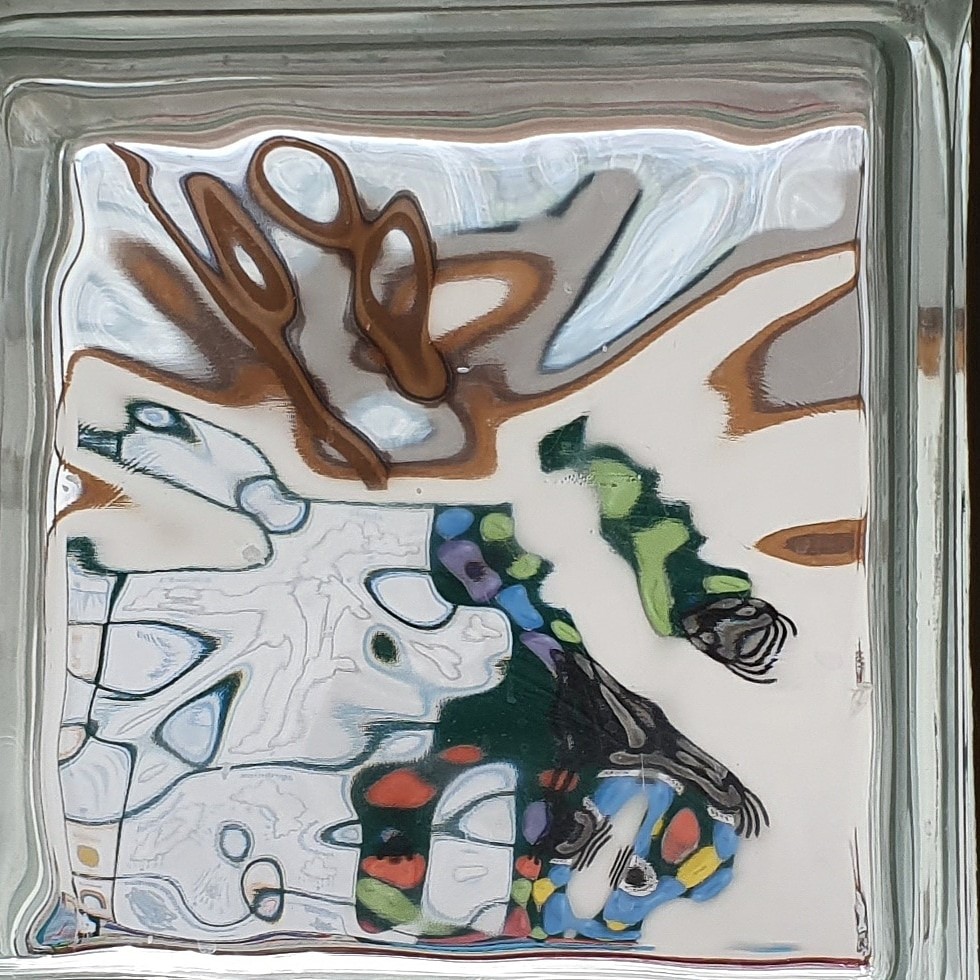

Bugs, by Colin Byford
This is the second of two exhibitions in our gallery by Colin this weekend. The first, entitled “Water” debuted on Friday, 1 May.
“I have had a 4 plus decade relationship with photography mostly as a high level amateur and a couple of years fully professional both in Ireland and back home in New Zealand. My main commercial work to date has been in family and event photography.
I am fascinated by the technical aspects of photography. I learn the capabilities of the equipment and then push them. When combined with my computing background I can get some pleasing results. Sadly the artistic side is hard to teach but I am told I have a good eye.
I hope you enjoy my images. Prints of all these images are available to buy up to A3 size. My website is www.byfocal.ie and I am on fotocommunity.com as Colin S Byford.”
Energy Saving Lightbulbs
Bloody energy-saving lightbulbs, eh? They’ve attracted a lot of chatter lately, and the last thing this debate needs is rabid, misinformed invective from me. But here it is anyway.
For I have vast and unhappy experience of Compact Fluorescent Lamps (CFLs), aka energy-saving or long-life bulbs. It started when an electrician skilfully smashed one in our small bathroom, a facility used mostly by the kids who were cavorting barefoot nearby. Naturally, he sloped off without a word, believing perhaps that placing one large shard of glass in the sink was sufficient duty-of-care for one lazy shiftless lifetime, and possibly unaware that (a) CFLs contain mercury and (b) mercury is bad.
That’s when I learned the proper, EPA-approved clean-up procedure for such scenarios. I won’t bore you with the details because well, they’re boring, but highlights include not being allowed to vacuum or brush (because that makes the mercury airborne) and using sticky tape to pick up small fragments and powder (because you’ve got all weekend to do this, right?)
Also, be aware that CFLs don’t play nice with dimmer switches. Don’t use them together, or, bang!, you’ll end up exploding both.
We have a CFL upstairs which has started to flicker. Constantly. It cost €7.99 a few months ago, but now it has to go. Last week I replaced the candle-style CFL in a child’s reading lamp, for €5.99, because it was melting.
Yes, melting. The whole energy-saving point of CFLs is they don’t get hot – unless, it seems, a fly gets incinerated inside their ugly tubular coils, which is what happened here. But c’mon, who knew that insects would fly towards lights? You can’t expect the bulb people to plan for something as rare as that, can you?
In the kitchen, we have an even more expensive “soft” CFL which supposedly replicates the warmer glow of incandescent bulbs. It also replicates their curvy, tasteful, almost mammary appearance. Sadly, however, it fails to replicate the not-being-a-piece-of-crap aspect of old-fashioned bulbs, in that it only works half the time. Weeks will pass without a single lumen – then one day it’s back, shining away. And I can’t throw it out if it’s still semi-working. I’m not made of lightbulbs.
Look, I’m being moderate here. I haven’t mentioned CFLs’ alleged links to epilepsy and migraine, the cancer scares around their ultraviolet emissions, and the distinct probability that the CIA is using radiation to brainwash and seduce our beautiful redheaded women. I’m not a crackpot.
But dammit, I’d rather sit in the dark than clean up after another broken “long-life” bulb.
George Wells
Youth and Love, by Laney Rie
Laney Rie is a singer songwriter from Colorado. She has been writing songs since she was 12. Her inspiration comes from her life experiences and the people she has come in contact with. Her musical style is indie pop, with mellow piano and poetic song lyrics. Laney has a soulful sound, especially for her youthful age. She wants her music to impact people in such a way that they don’t feel alone in this world.
This is our third song from Laney this launch weekend. Her EP, Childish Dreams, can be purchased from Apple Music.
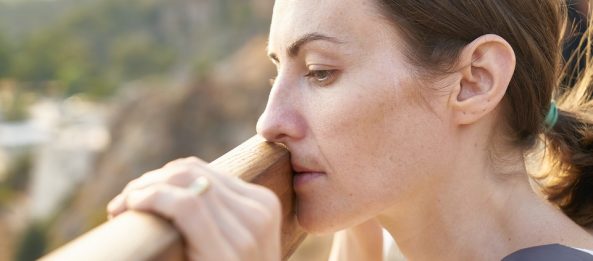
May for ME
May is ME (Myalgic Encephalomyelitis) awareness month. It’s probably the awareness month for several other medical conditions as well – let’s face it, we have more than 12 of them after all, so maybe we should be going for a week, or even just a day?
Whatever. I’m not going to be posting about ME every single day of May (we’re already on day 4, and this is my first one, after all). But I am going to be posting. Today, I’m going to start with a short description of the illness, and then tell you a little bit about my experience with it.
ME is a debilitating neurological illness with numerous symptoms, including bone-weary exhaustion, muscle pain, joint pain, stabbing neurological pain, headaches, intolerance to light and sound, sleep disturbances, light-headedness, orthostatic intolerance (inability to stand), inability to regulate body temperature, persistent flu-like symptoms, nausea and IBS, fibromyalgia, brain fog, difficulty concentrating, short-term memory loss, slurred speech and more. But the overriding symptom that differentiates it from every other illness is called post-exertional malaise (PEM). This means that patients have a severe, delayed reaction to exercise, and in many cases never return to the same baseline they were at before whatever sent them into a “crash.” Have you ever massively overdone it on the weights at the gym, and been in so much pain you were unable to move the next day? Add that to having influenza and the fatigue you might feel after doing your first marathon, and you might have some idea how it feels. Plus, if you ever do manage to return to our metaphorical gym, you will only be able to lift half the weight you could before. This is no exaggeration: I moved my sofa a couple of inches in mid-December last year (pushed it with my whole bodyweight), and I was confined to bed for weeks. I almost missed Christmas Day – I did miss singing with the church choir on Christmas Eve.
My ME journey began in 2004. I got a flu-like illness that never went away, although I suspect I had already had fibromyalgia for some time before that – it had been misdiagnosed as ankylosing spondolitis. My doctor thought the original illness may have been glandular fever. Strangely enough, the diagnosis made me feel a bit better – I didn’t know then what I know now about ME. I took a three (long) days a week teaching job and tried to just get on with it. That didn’t really work, and I had to resign from the job. However, shortly after that I discovered a local chiropractor, and spent a lot of money on intensive treatment which put me into about 95% remission, or at least that was what I attributed it to. I later learnt that it is common to go into remission in the first couple of years, and for it to come back again a few years later, in a more permanent form.
I spent the next few years working as an actor and also as a supply teacher – two very physically demanding jobs. I thought I was fine. I even did the couch-2-5k programme at one point with my friend Tracy – although I was a terrible runner: I could almost walk faster than I could run. I would train in the gym every day if I could, and I attended Body Pump and Pilates classes. I went clubbing when the opportunity presented itself. I did physical theatre and danced in musicals.
But at a certain point in 2010, I felt the illness return. In retrospect, it had probably been creeping up on me for a while, but I had been too busy to notice. I was temping in an office Monday to Friday, teaching GCSE English catchup lessons in a secondary school on Saturdays, and directing and playing the leading role in a play for which we were rehearsing three evenings a week plus Sunday. (I am a bit of an overachiever, but this is also what it took to make enough money to live on).
My next play was a physical theatre piece. I had to tell the director that I couldn’t do that part of it. Luckily, I had one of the speaking parts, which didn’t necessarily have to involve a lot of movement. At this point, I could no longer run, work out, or go clubbing, but I could still do the dancing required for a musical a couple of years later, go to two tap classes a week, swim, and walk for miles. Standing up for more than a few minutes was beginning to be a bit of a problem though.
Fast forward to late 2014. I had to give up the intervention teaching job I had been doing (in the same school, but through an agency) for several years. By this point, I could only swim for about ten minutes, there was no tap dancing, or cross-city walks, but I could do yoga. Standing for more than five minutes was problematic, as was navigating steps. I had one last stab at work a few months later when I took over the lead role in a play after someone fell ill. I learnt 70 pages of script in five days. I had worked with the director previously, and he set up the stage in such a way that I could sit down whenever I felt the need to. In the third week of our four week run (with a lot of my friends in the audience – it was St Patrick’s Day and I had arranged for there to be a half-price ticket night), everything went black around me, apart from the face of the actor who was right in front of me. I almost passed out on stage. I finished the run, but I haven’t worked since.
A few months later, I left London and moved to a house in the country in the West of Ireland. At first, I could still walk 5 k each day. It would use up at least half of my daily energy, but I prioritised it because made me feel good mentally. Things have got progressively worse since then, and I recently acquired an electric wheelchair. Some of the simplest household tasks are beyond me, such as changing my bed sheets. Although I live in a dormer bungalow, I rarely go upstairs. Sometimes I don’t eat, because I’m not well enough to wash the dishes afterwards.
I have already mentioned the sofa incident. In early 2018, I spent three months in bed after a one-week visit to London. I can no longer travel by any form of public transport on my own. Before Covid 19, I was travelling to my nearest city maybe every 5 – 6 weeks.
ME is what is known as an invisible illness. If you see me, it will be because I am having a good day. If I am having a bad day, week, or month, then I won’t be going anywhere. If I seem to be enjoying myself at your birthday party, I probably am – but I will be paying for it for weeks afterwards. This is the reality of life for people with ME, especially those who live alone. There is no treatment and no cure. We are the #millionsmissing.
Mary Tynan
To understand more about PEM and energy debt, please read my article “Living Life with a Low-Capacity Battery,” which was previously published in The Mighty and Yahoo News.
Stock Take, by Flaura Atkinson
This evocative short zombie film was made by Director Flaura Atkinson in 2009. Please note that smaller children might find this a bit scary. Parents are advised to watch the film themselves first and use their own judgement as to suitability.



